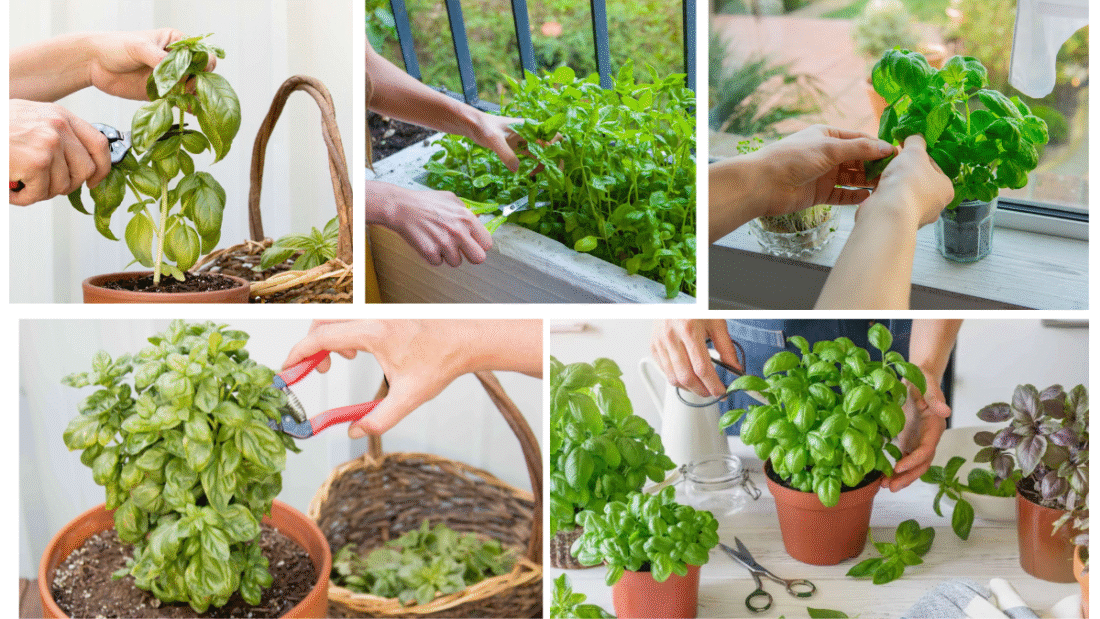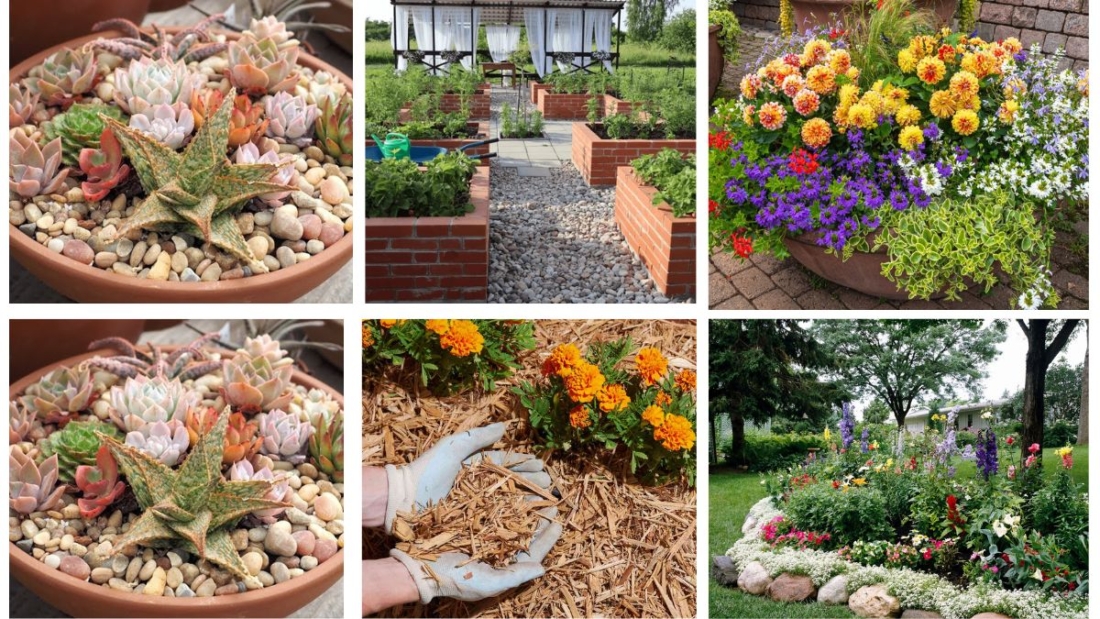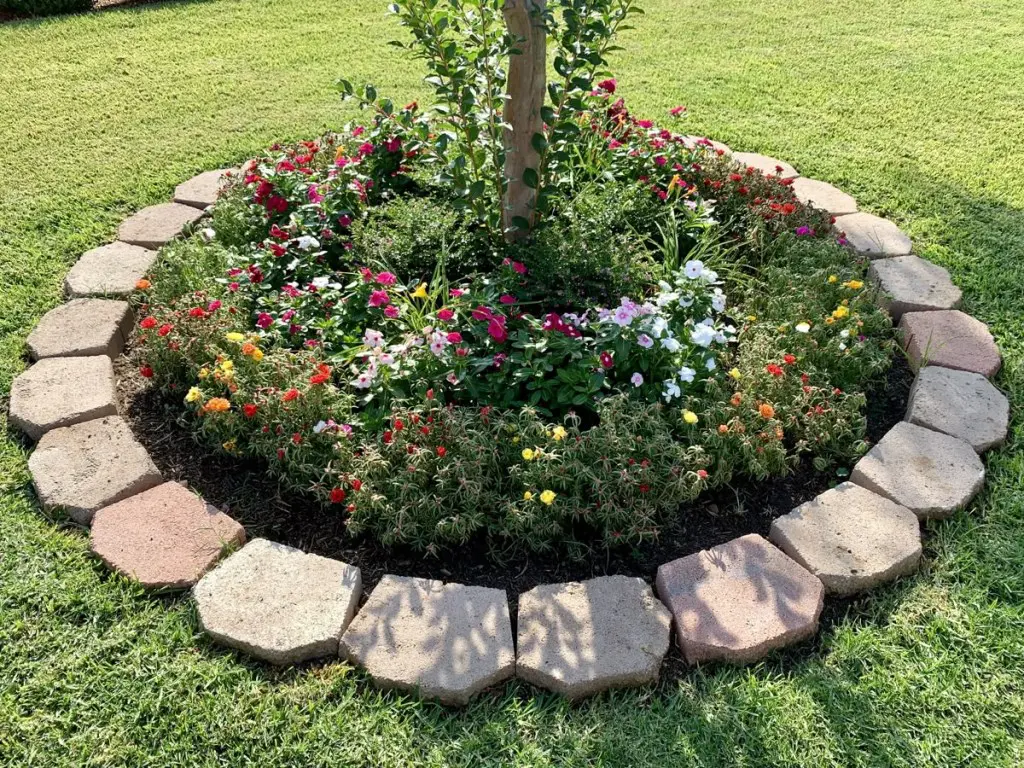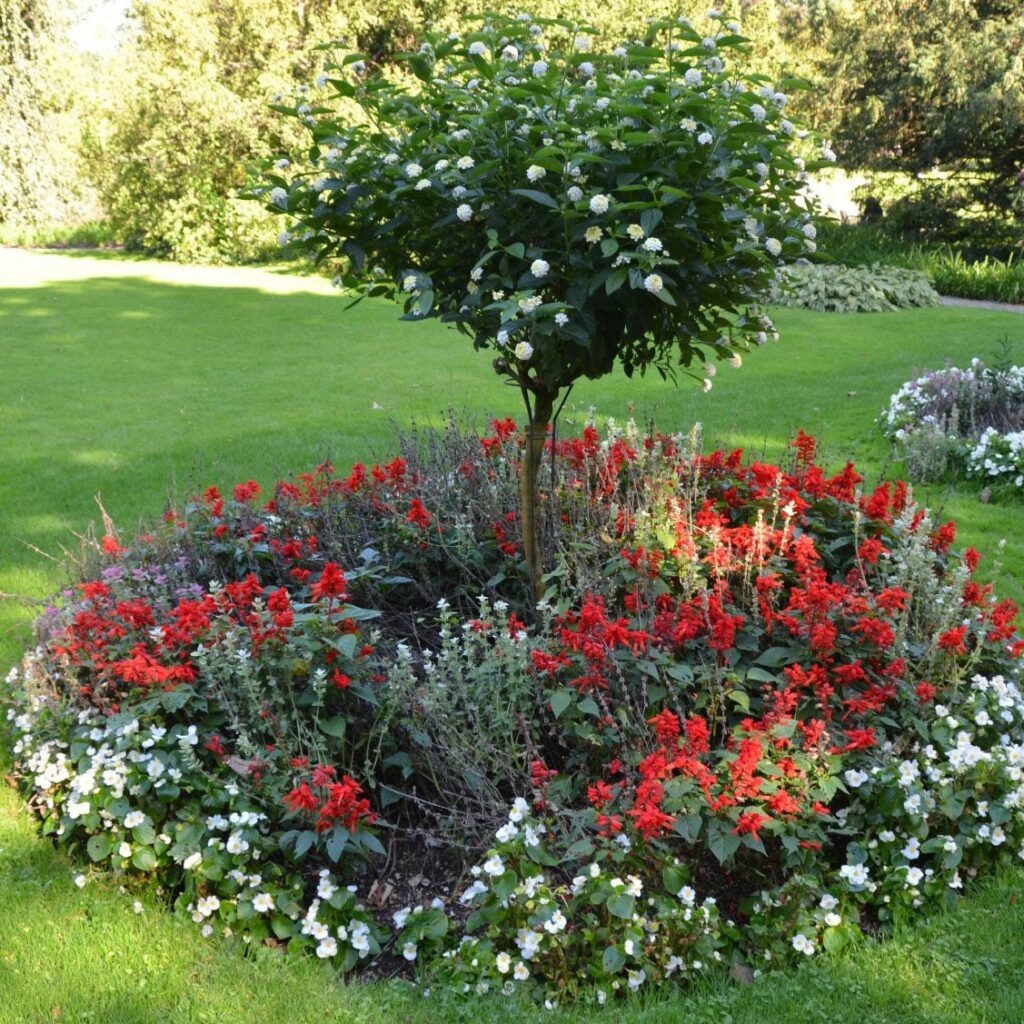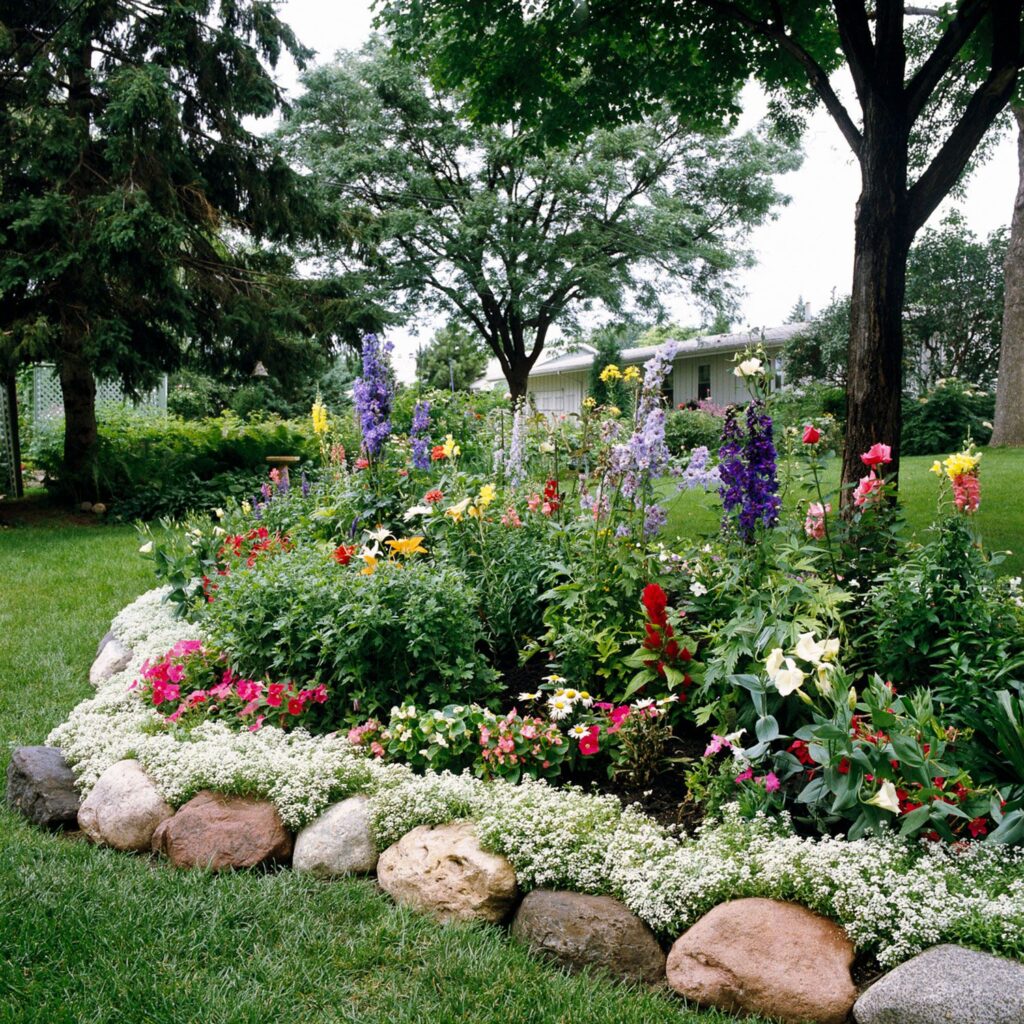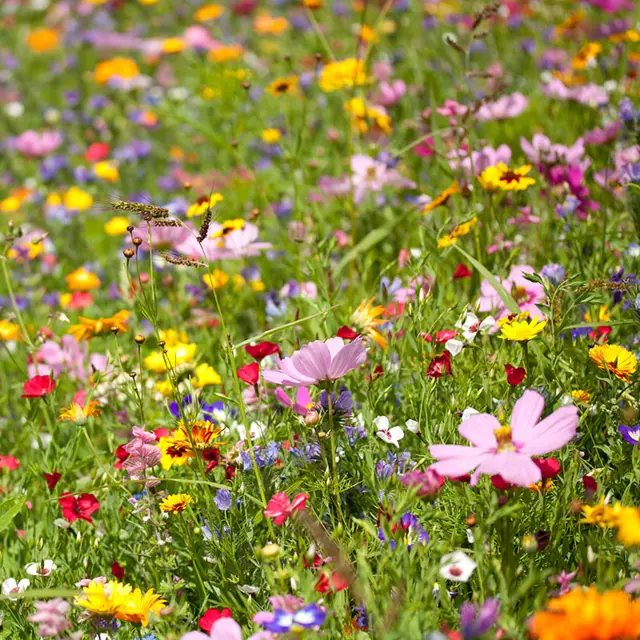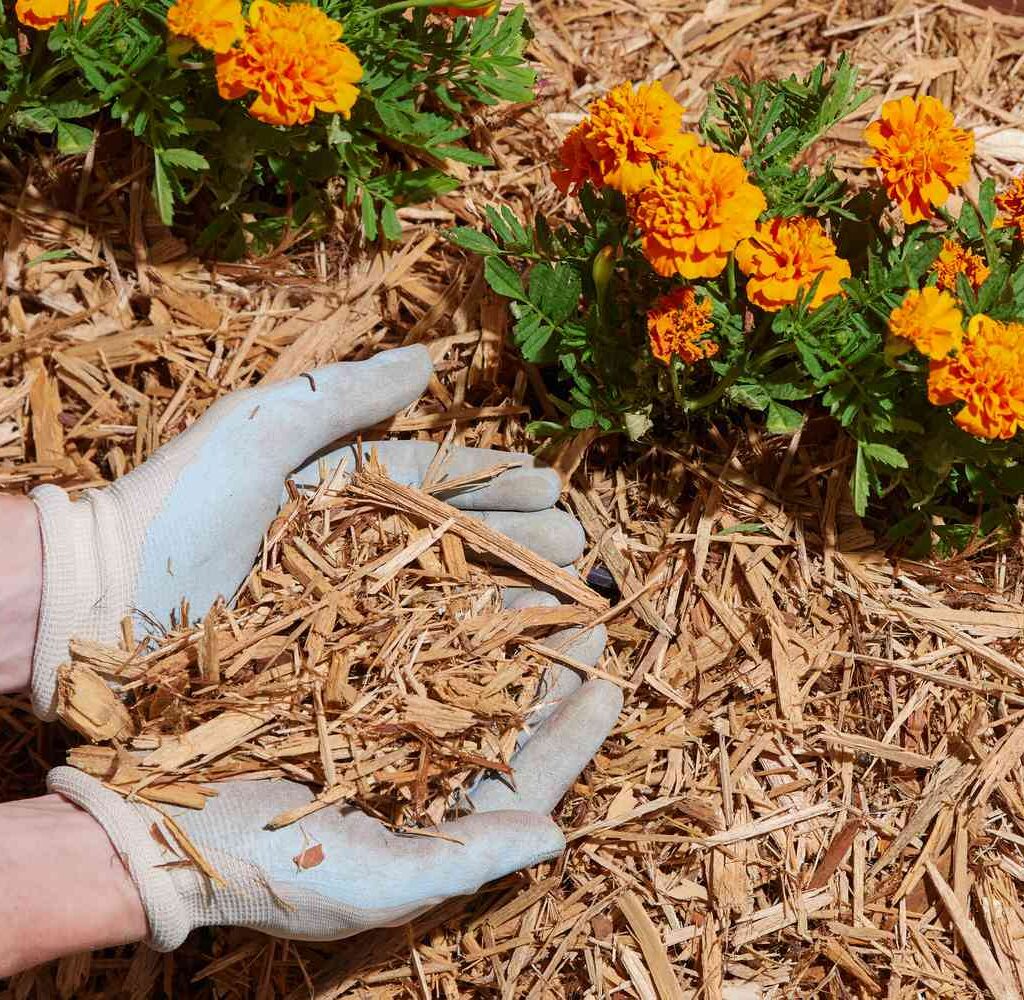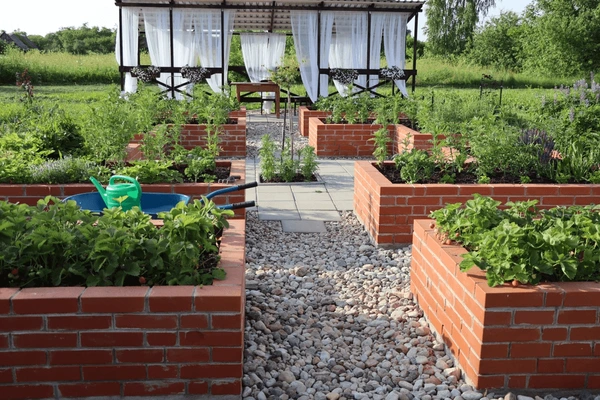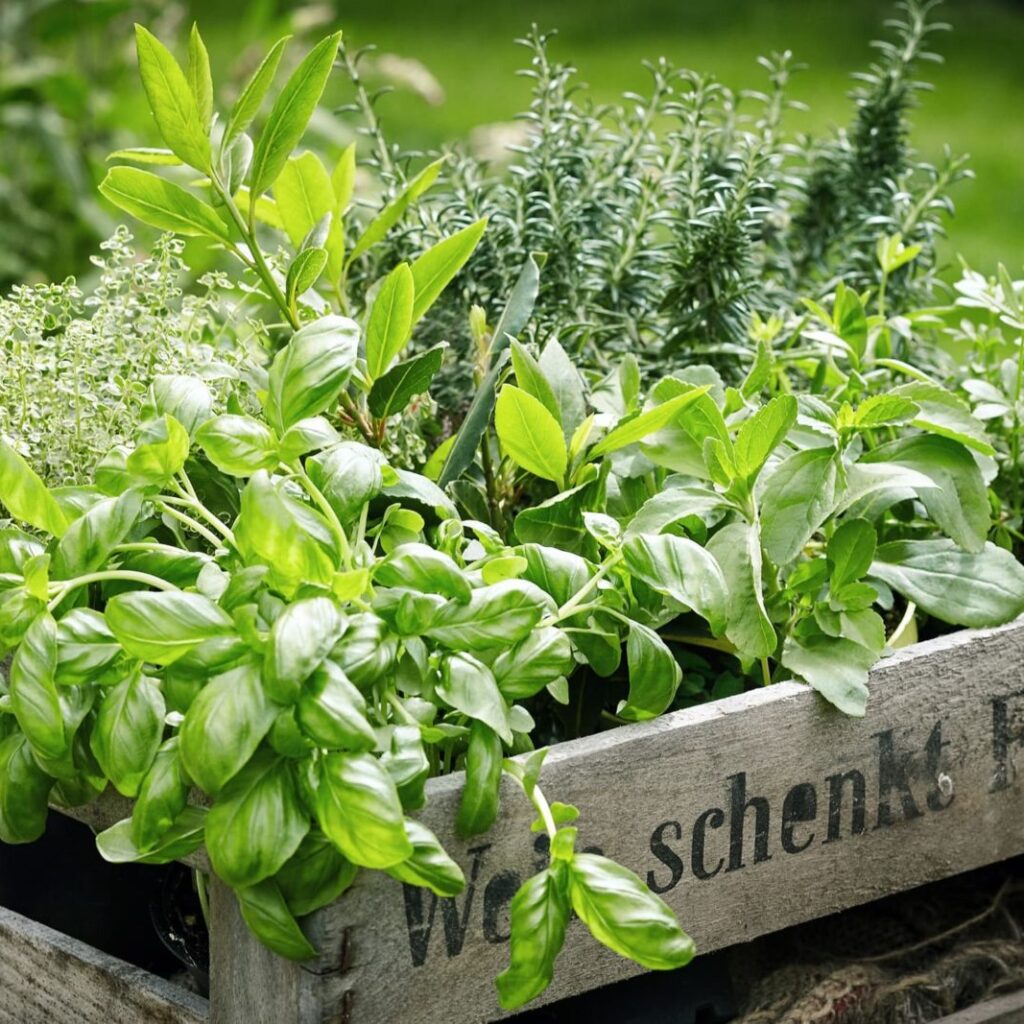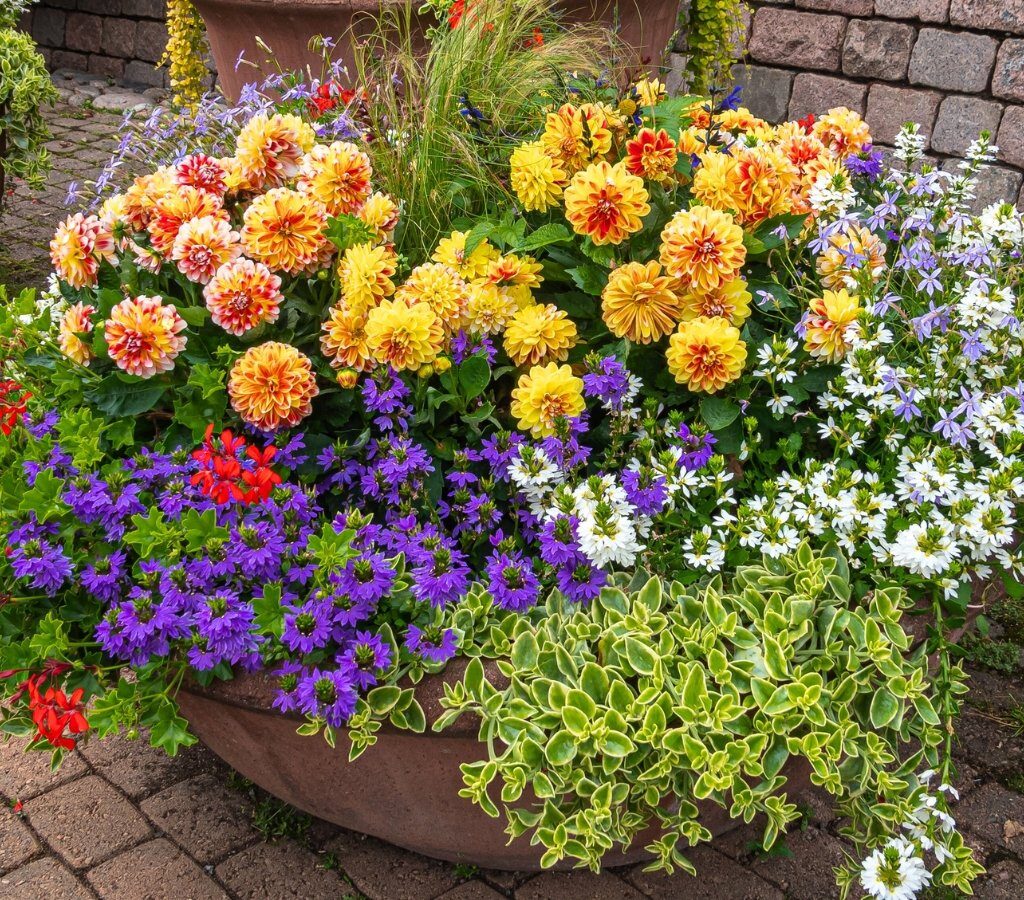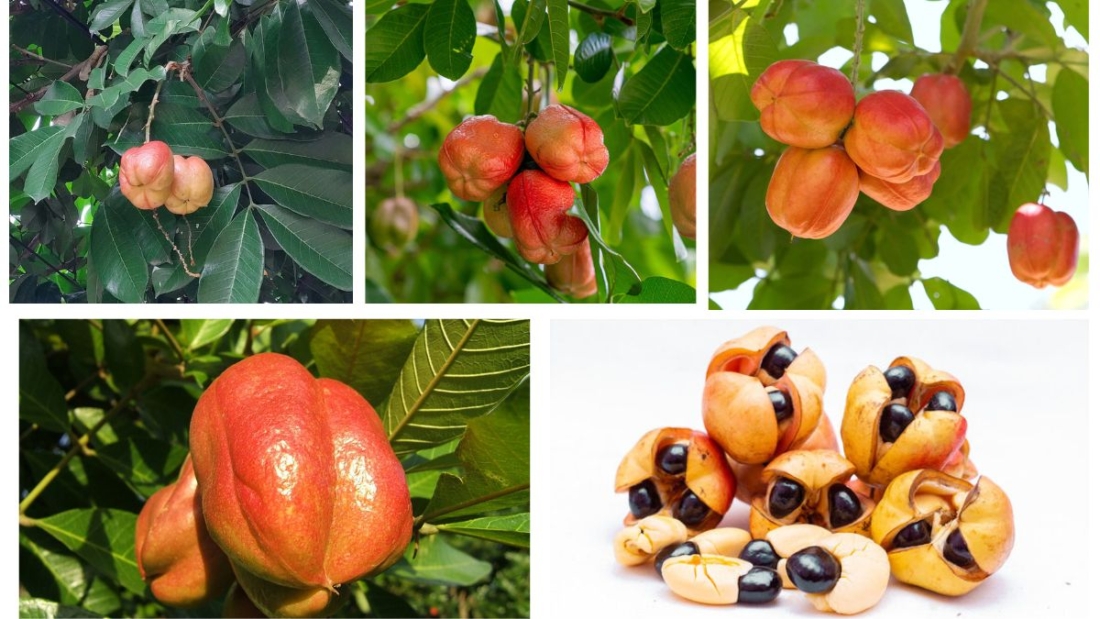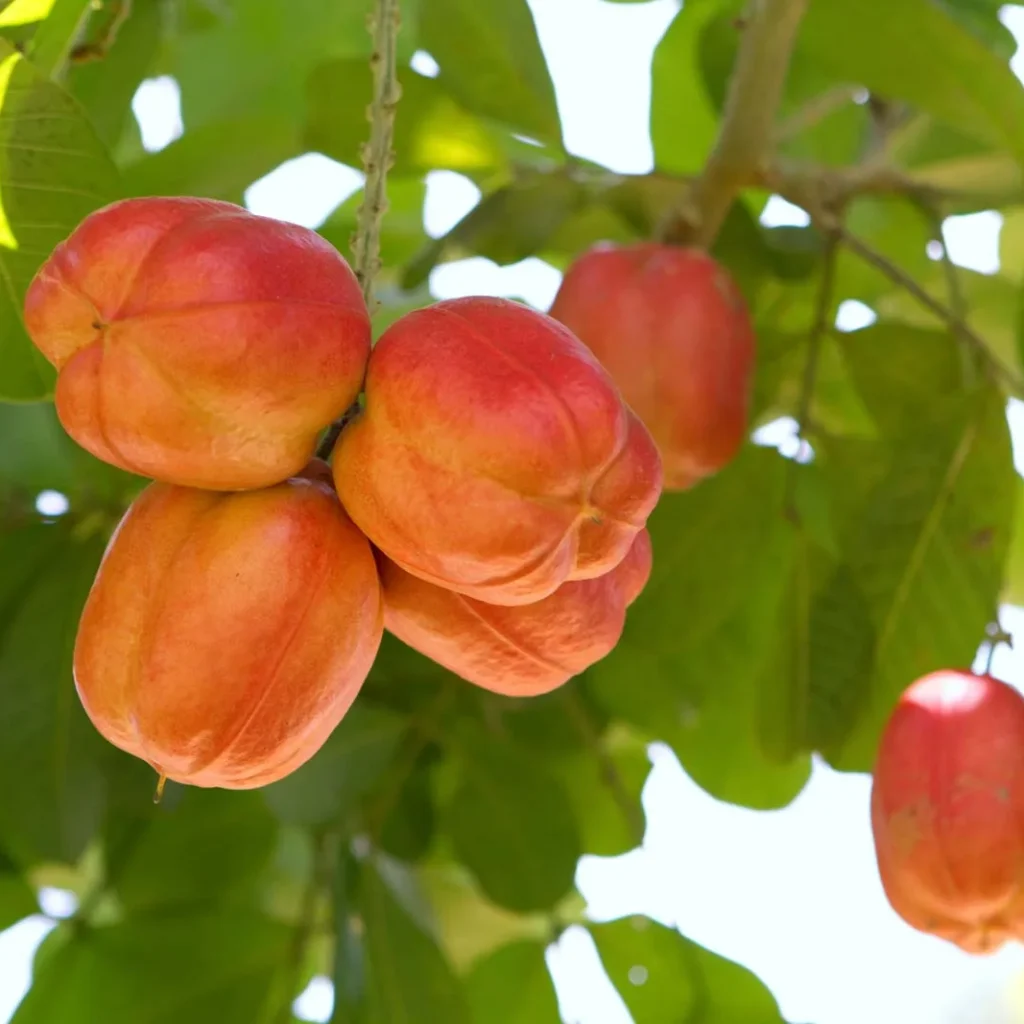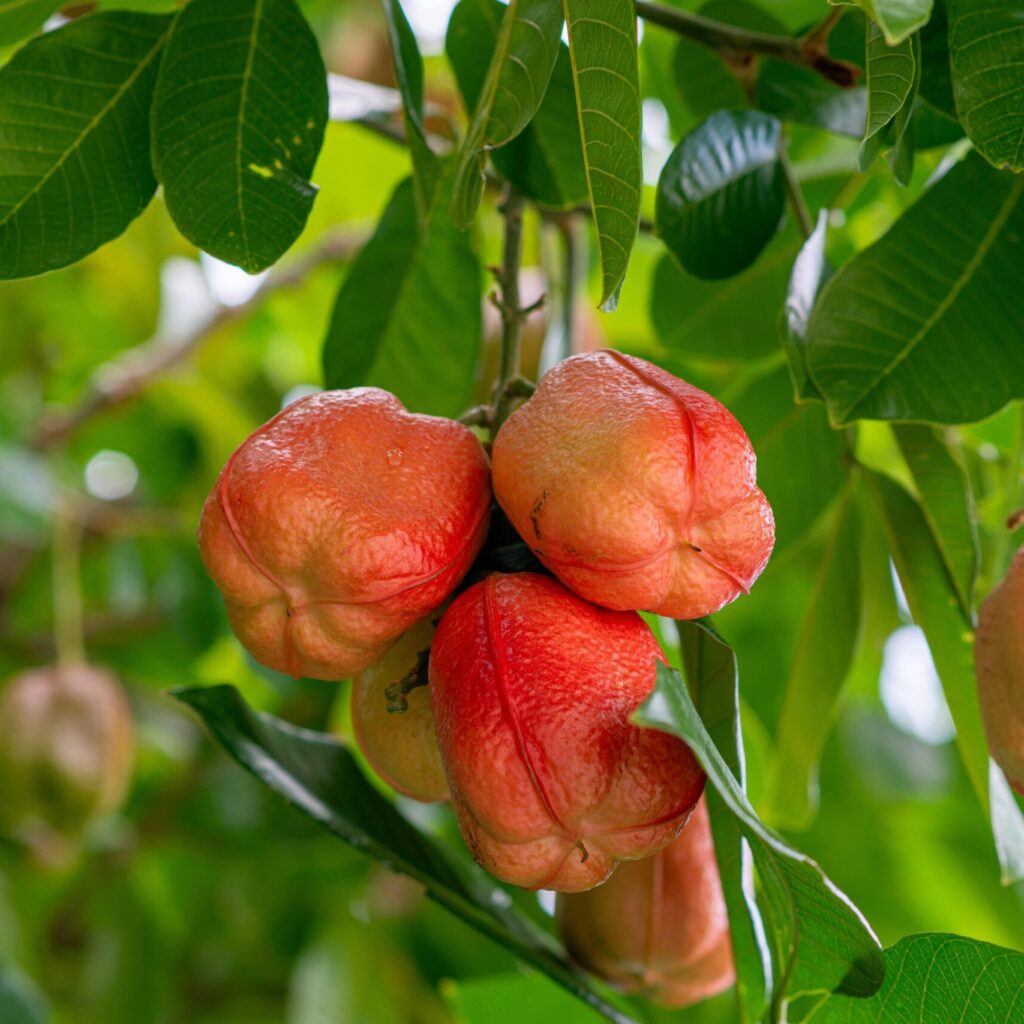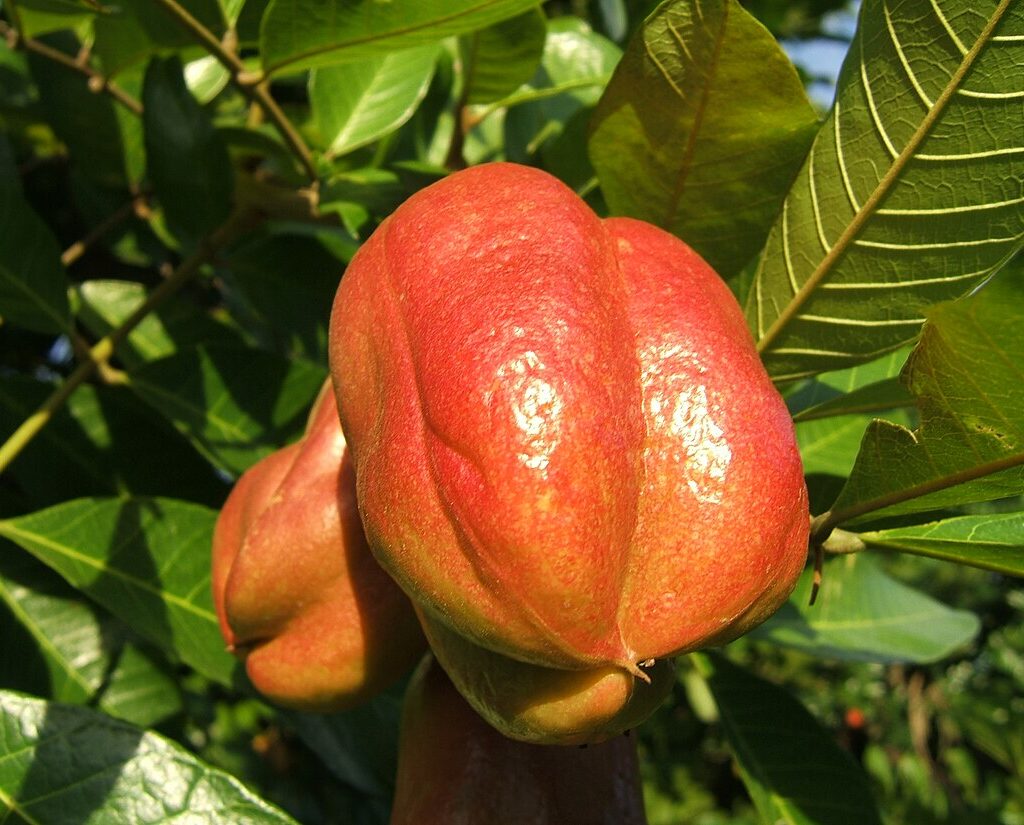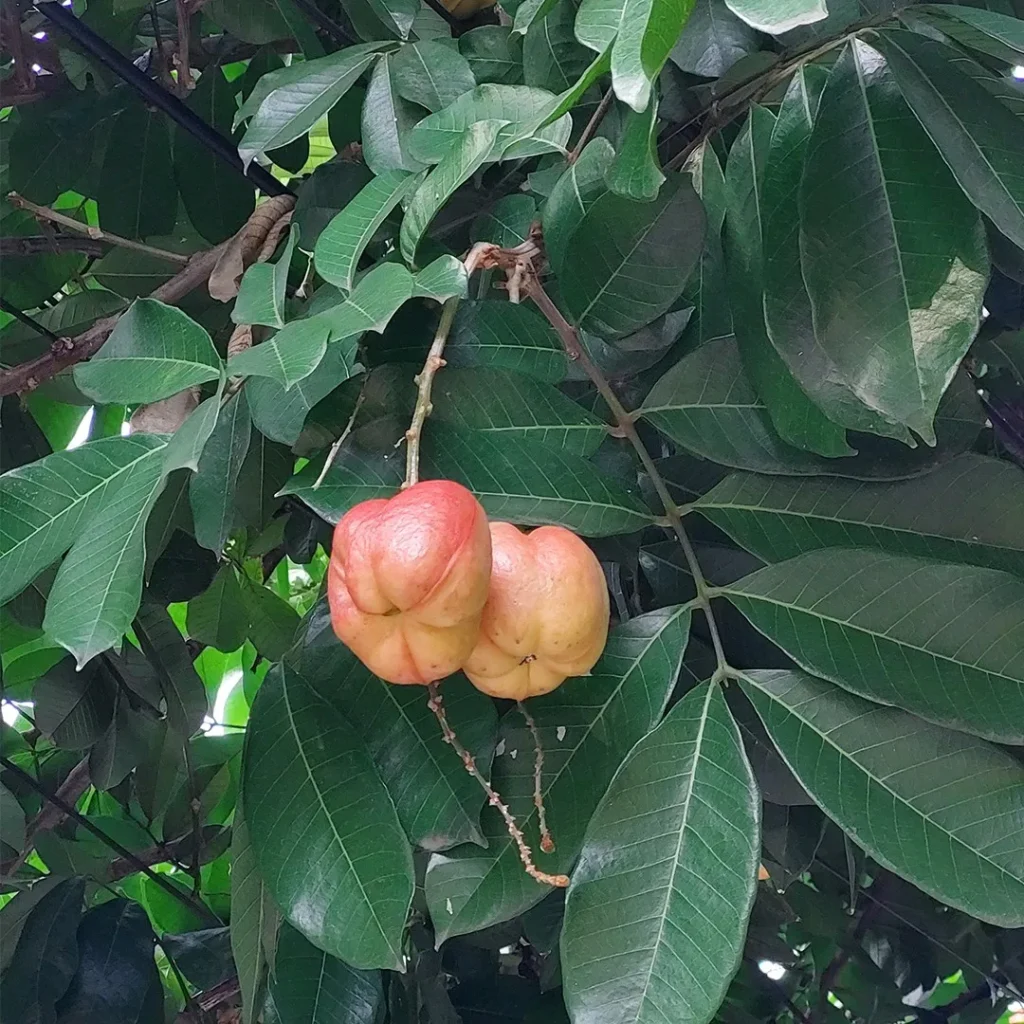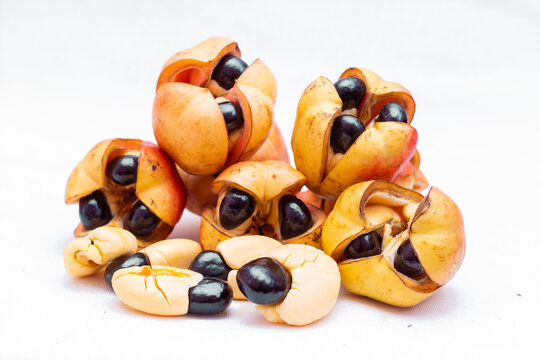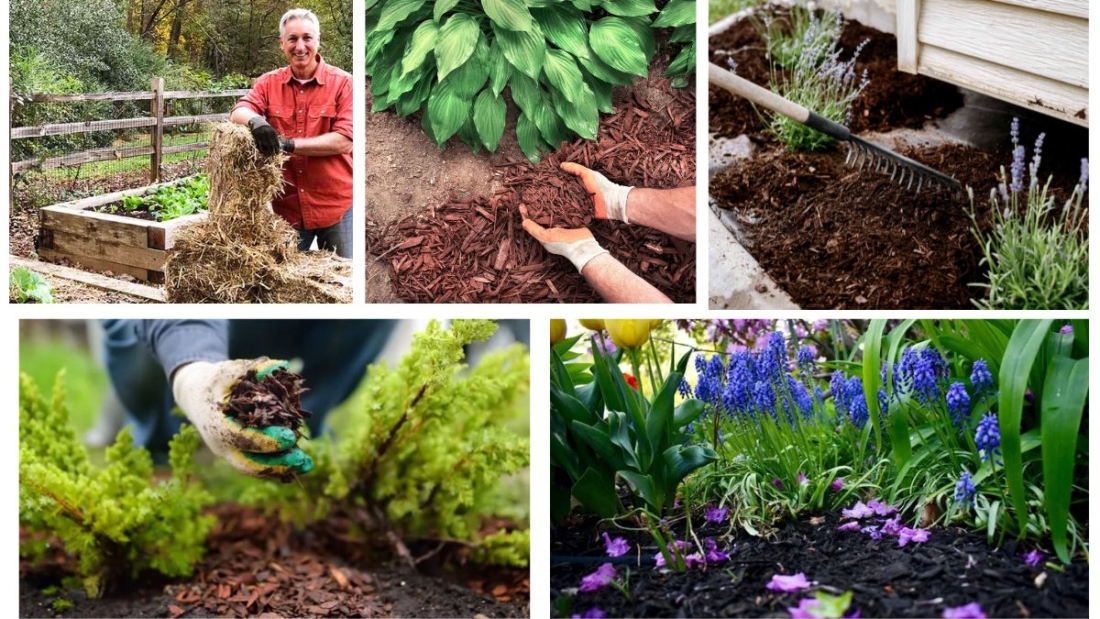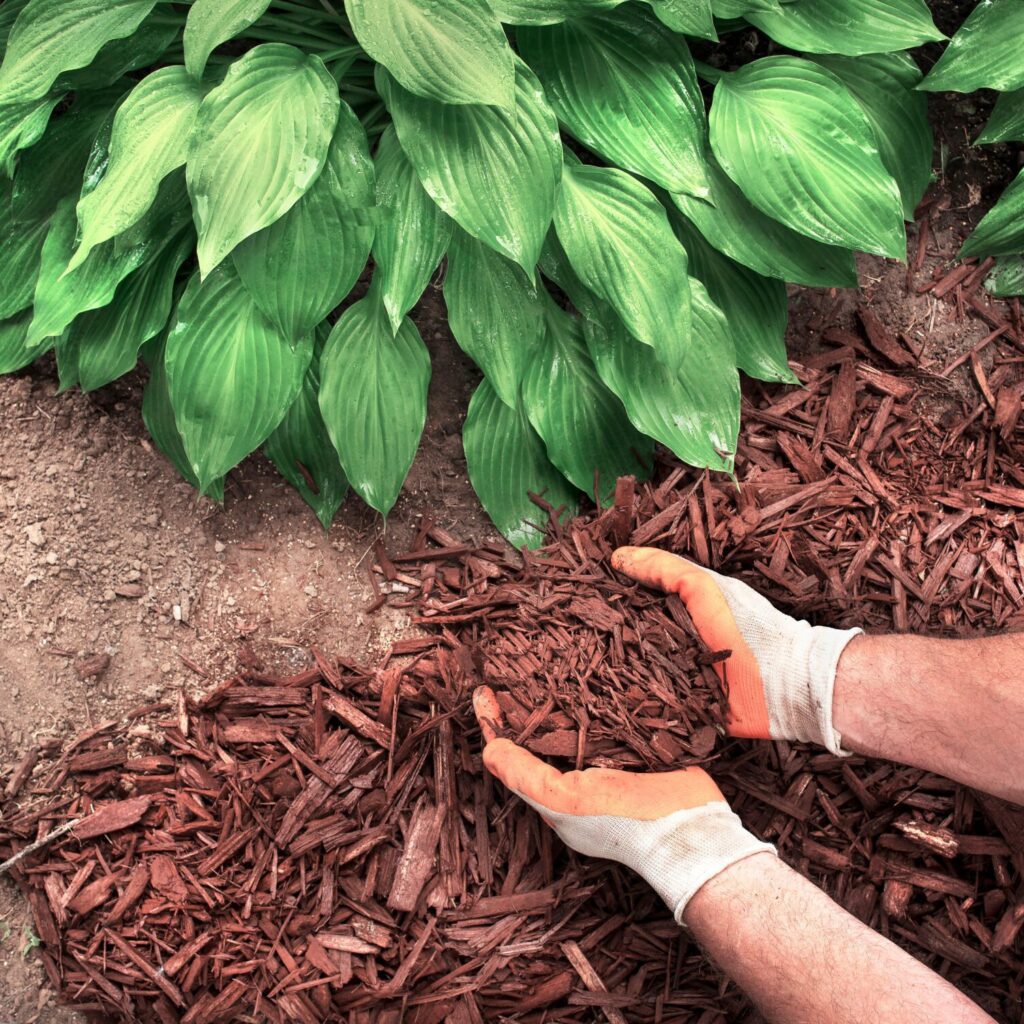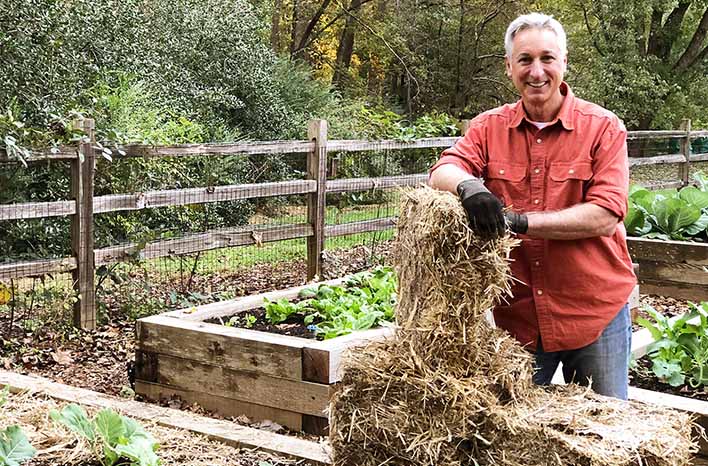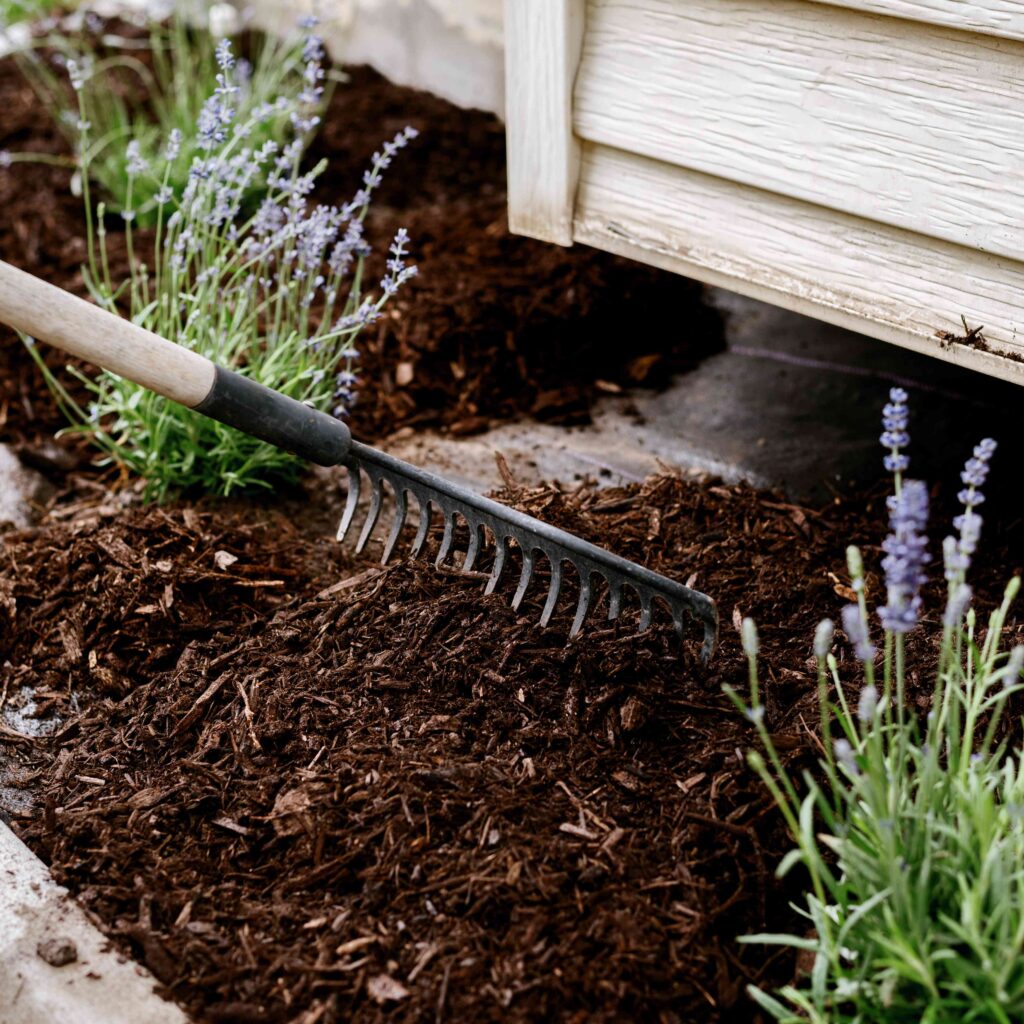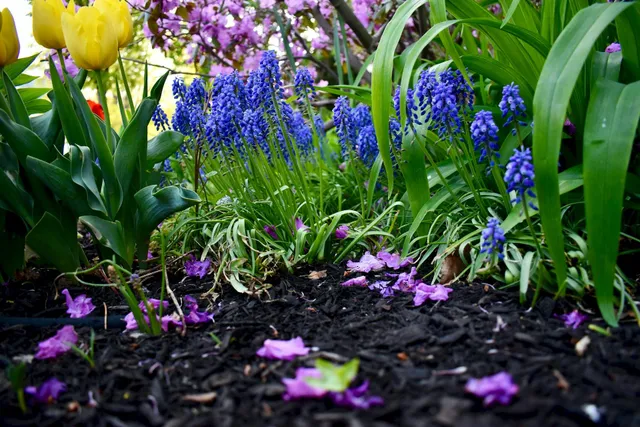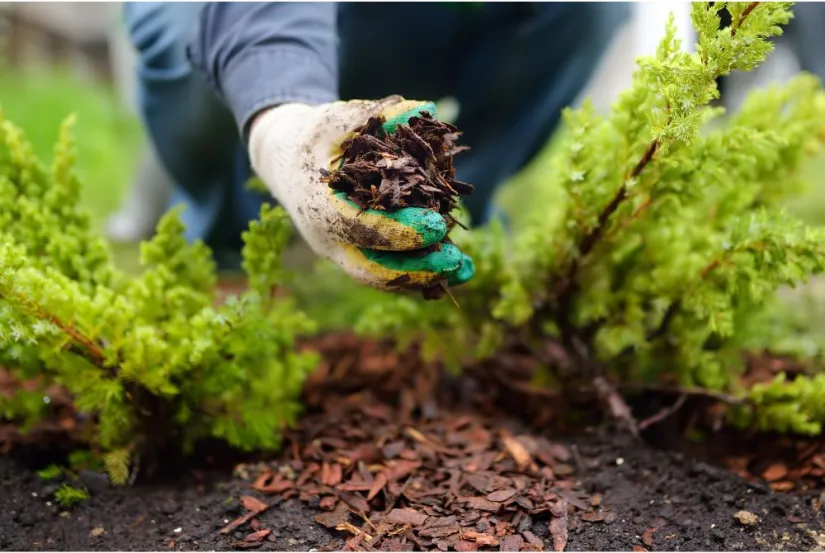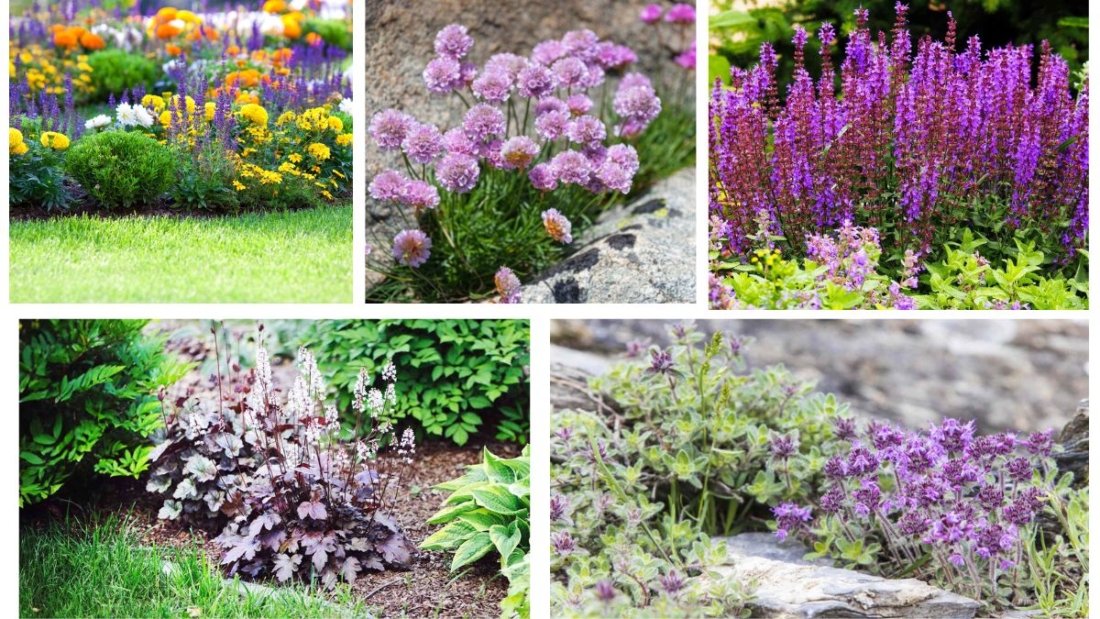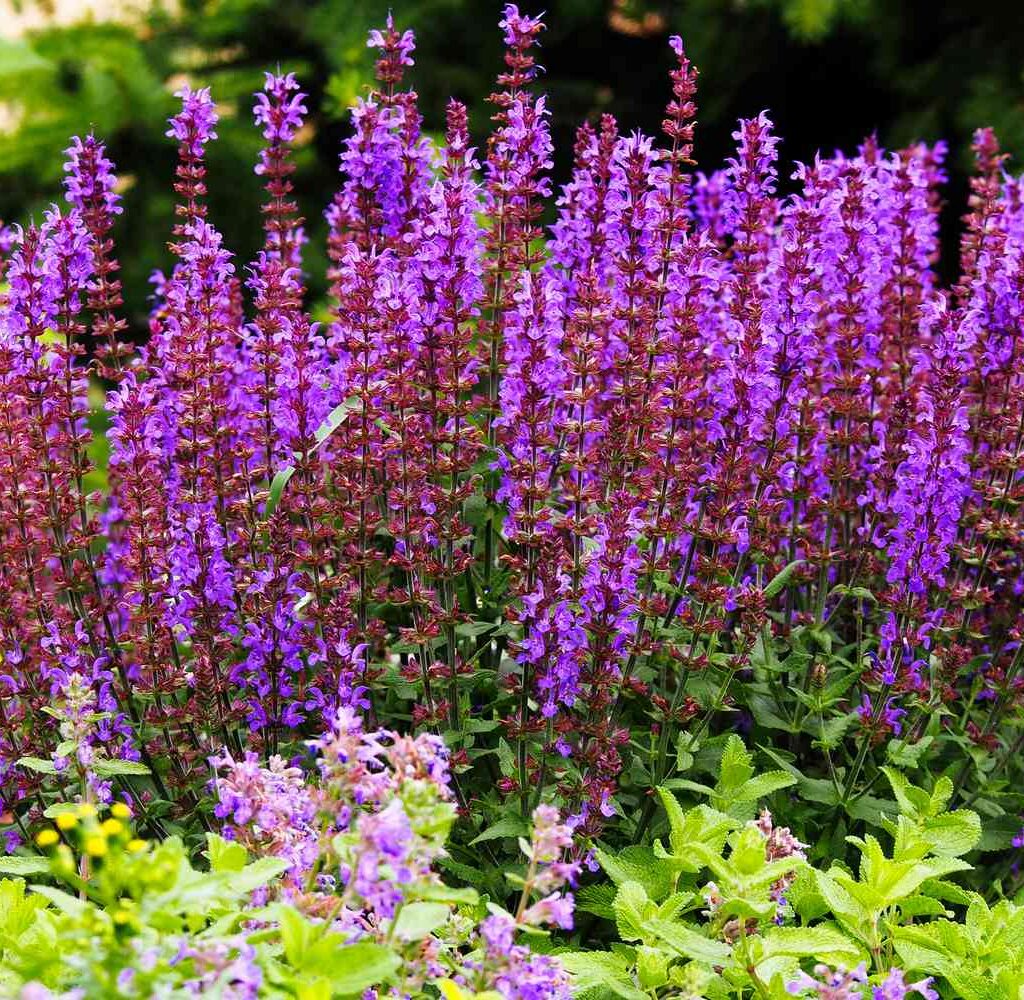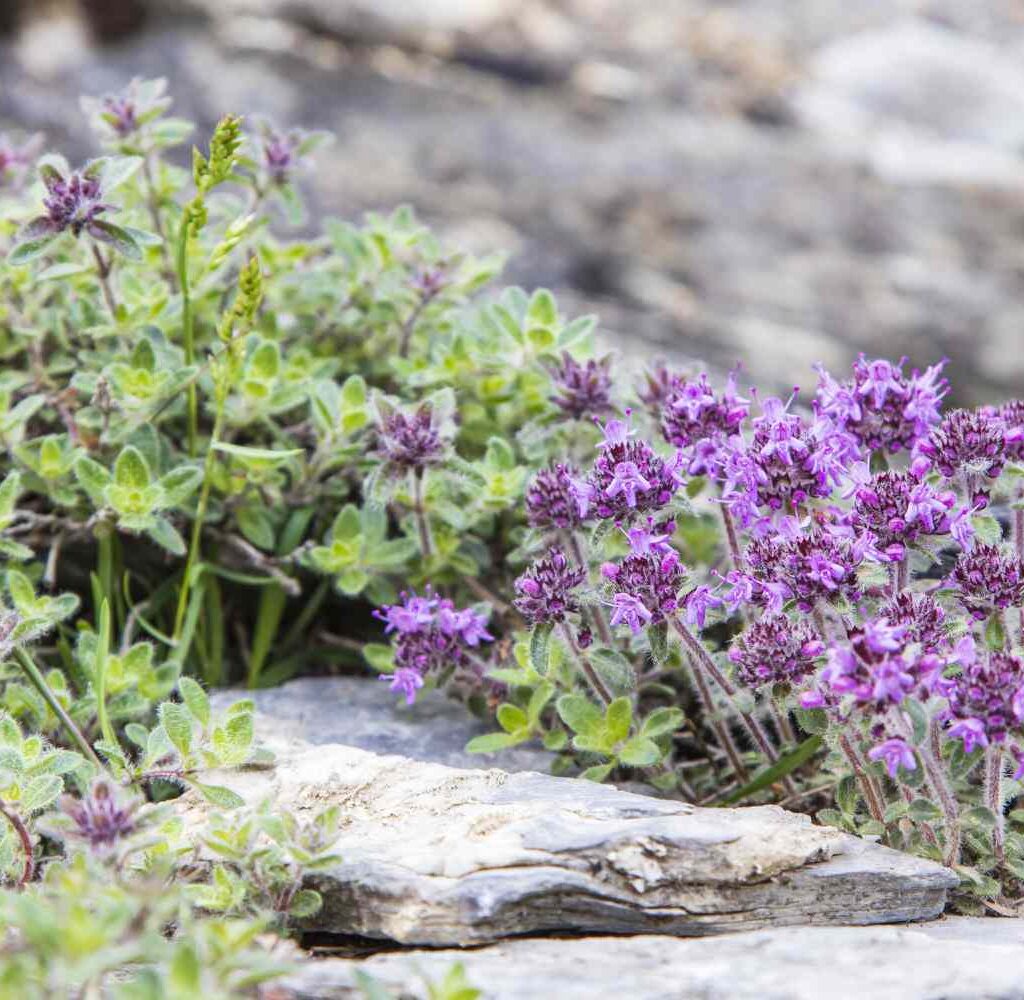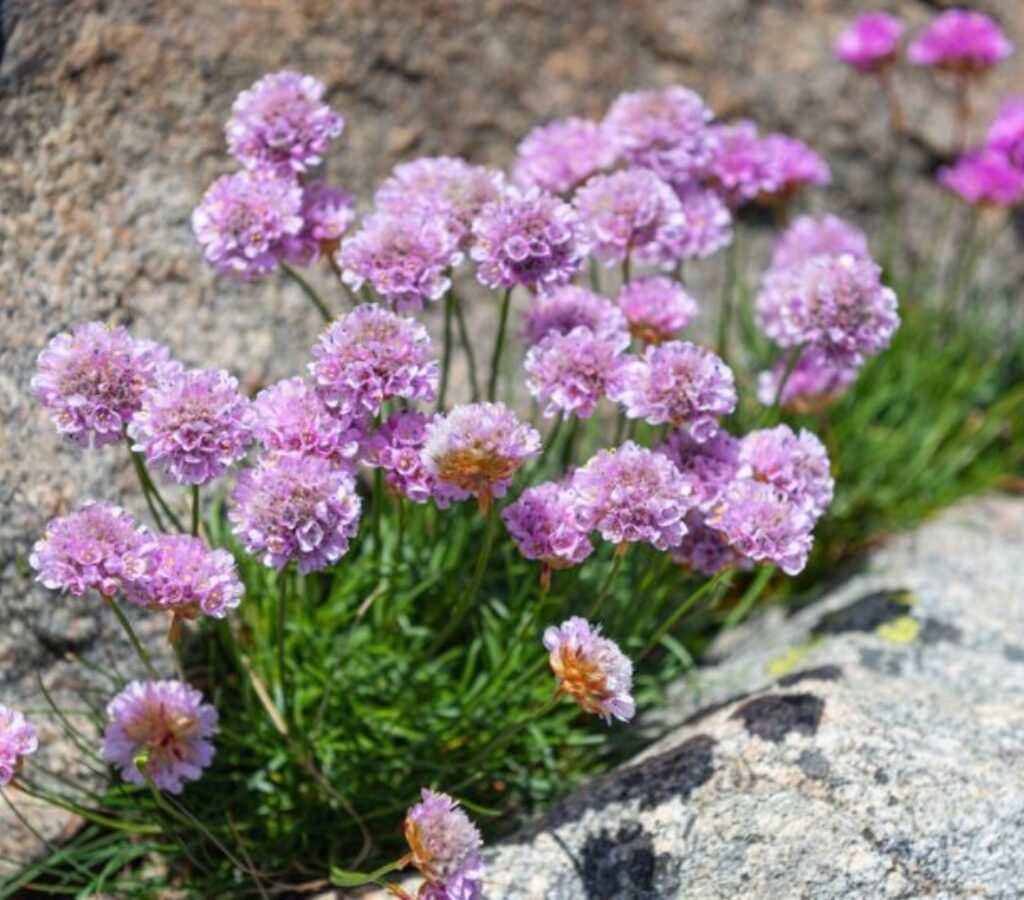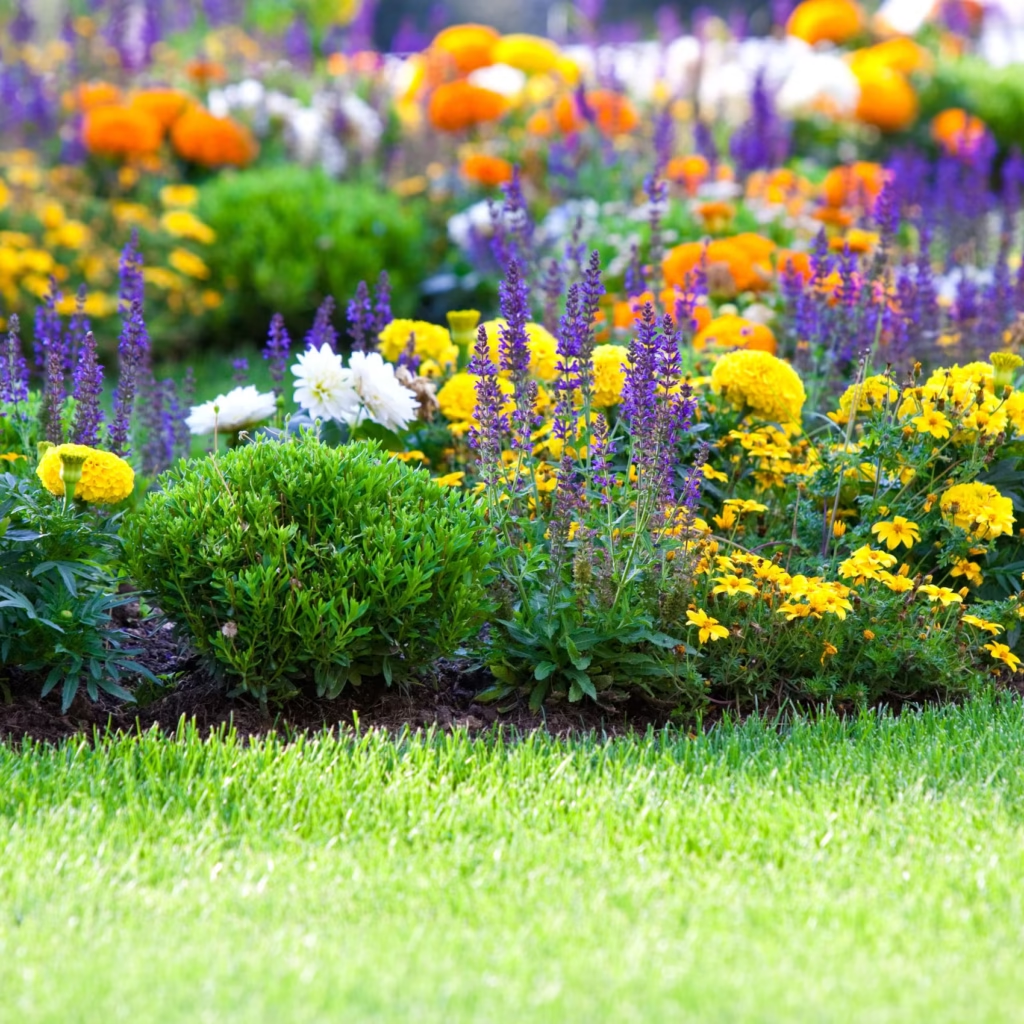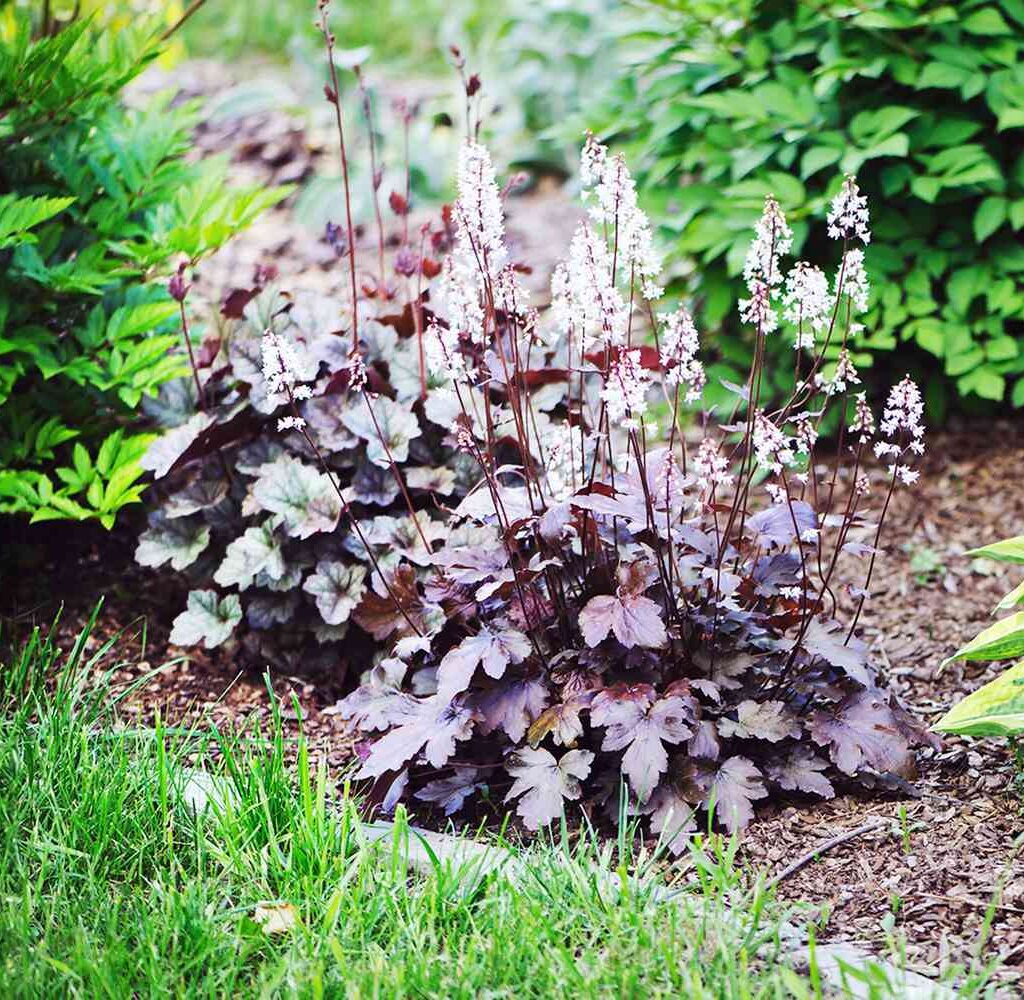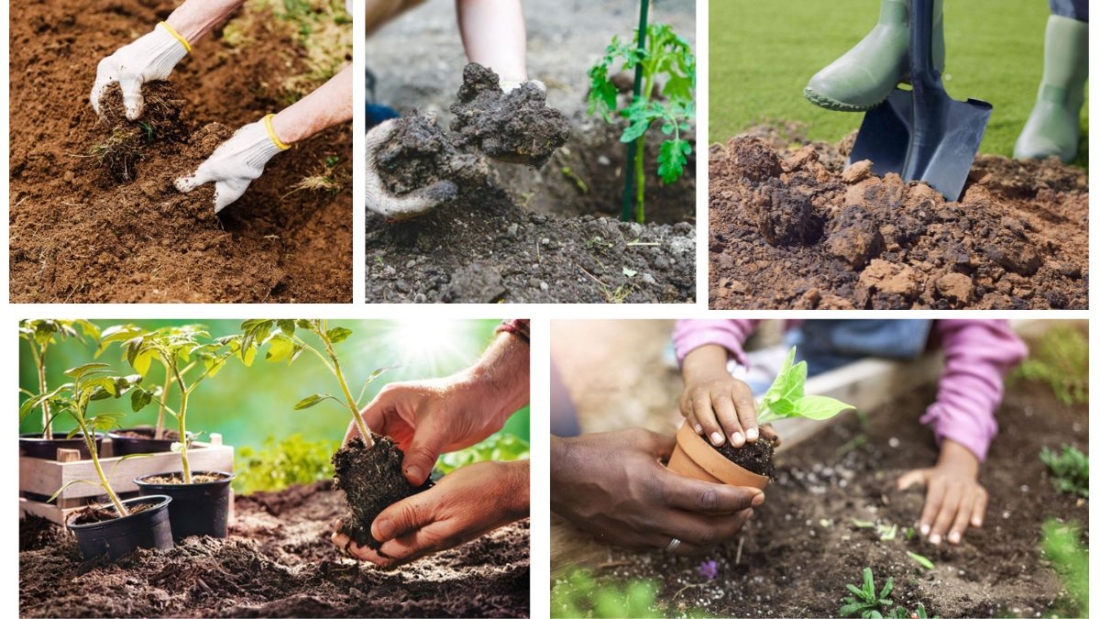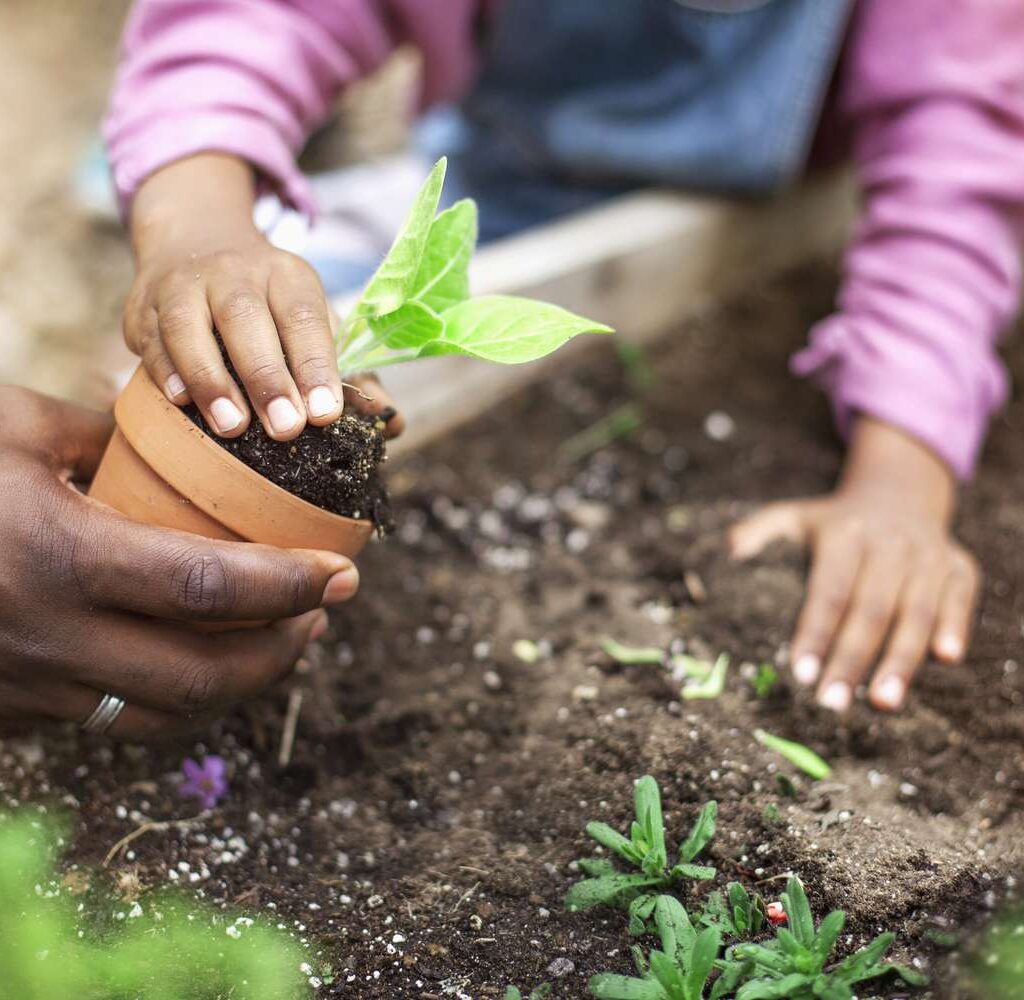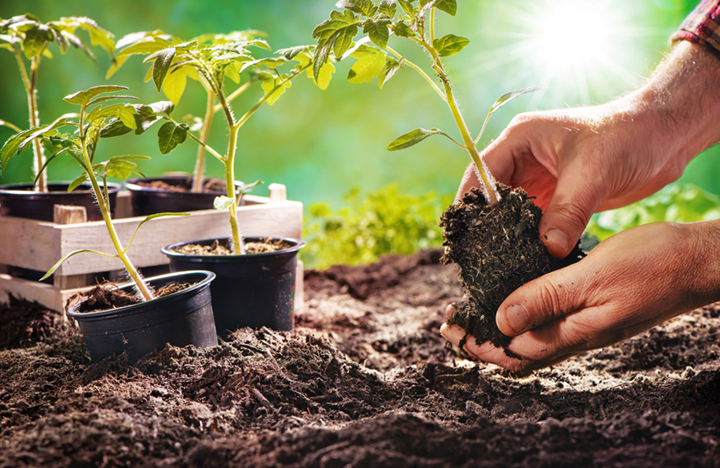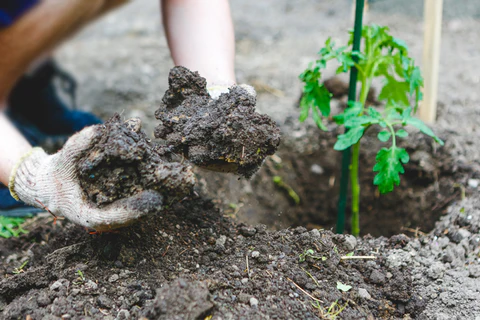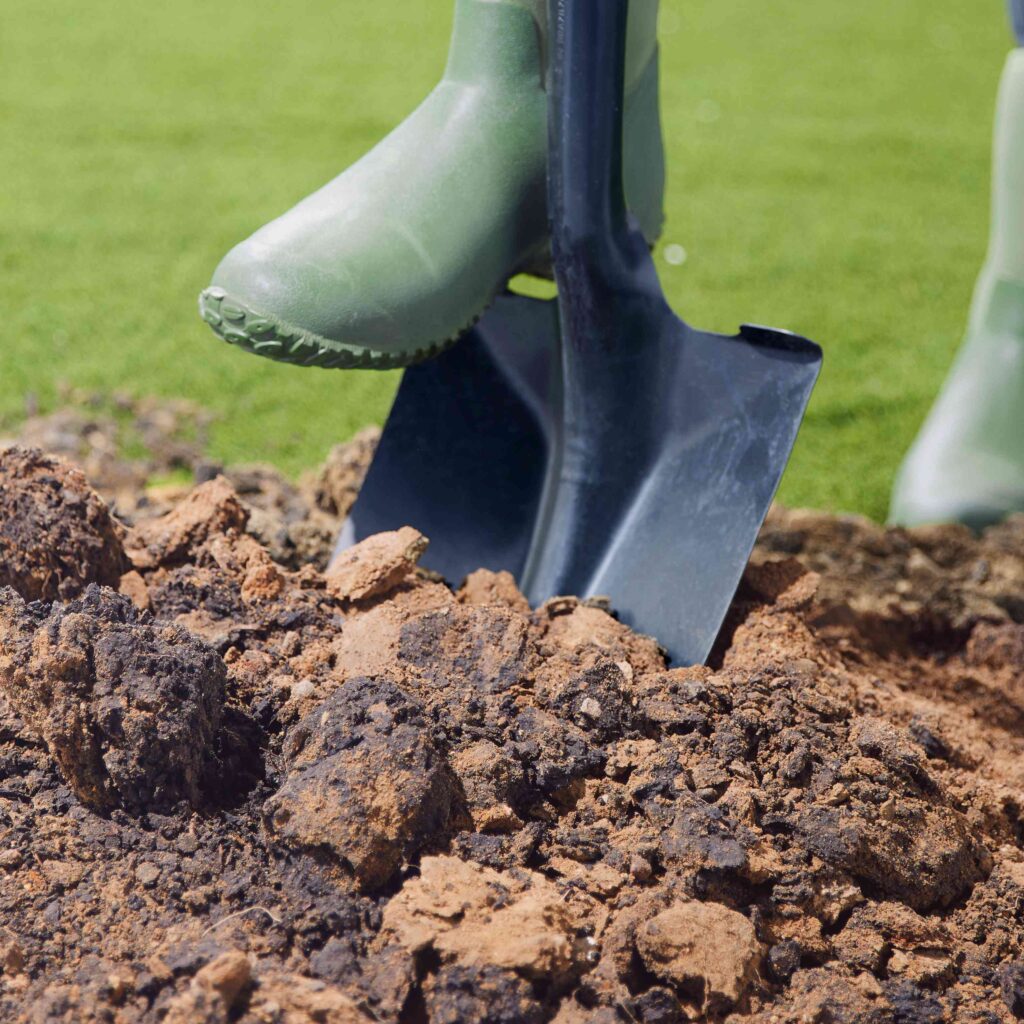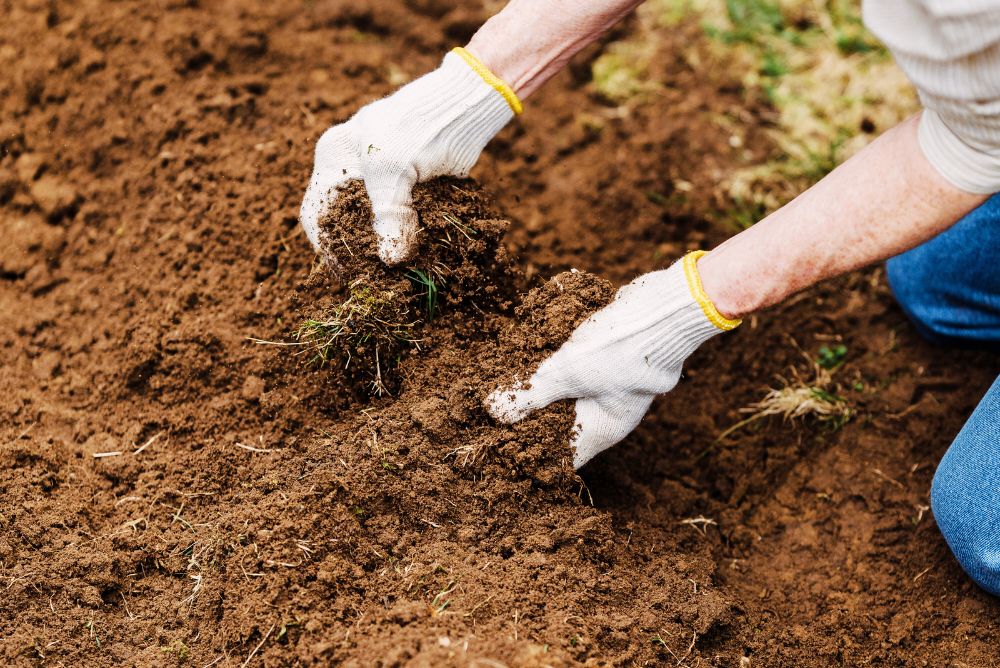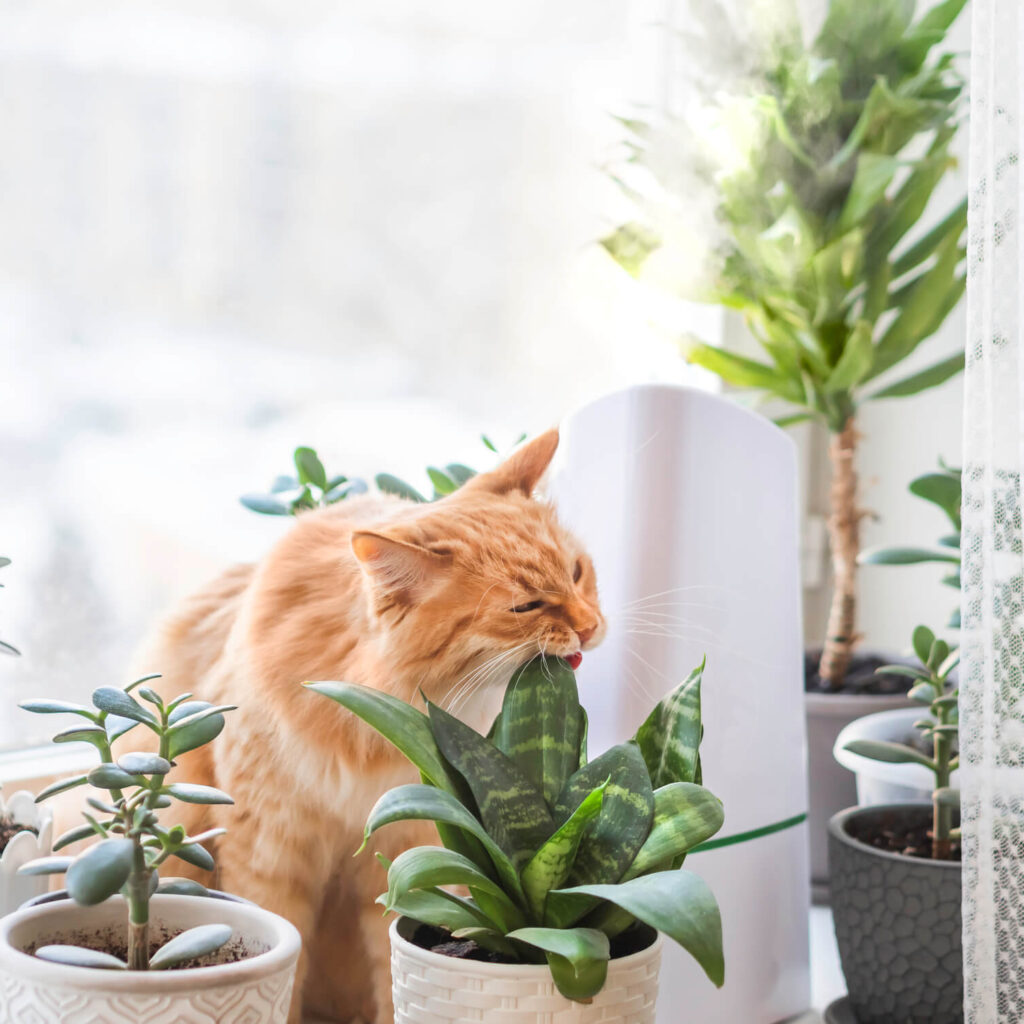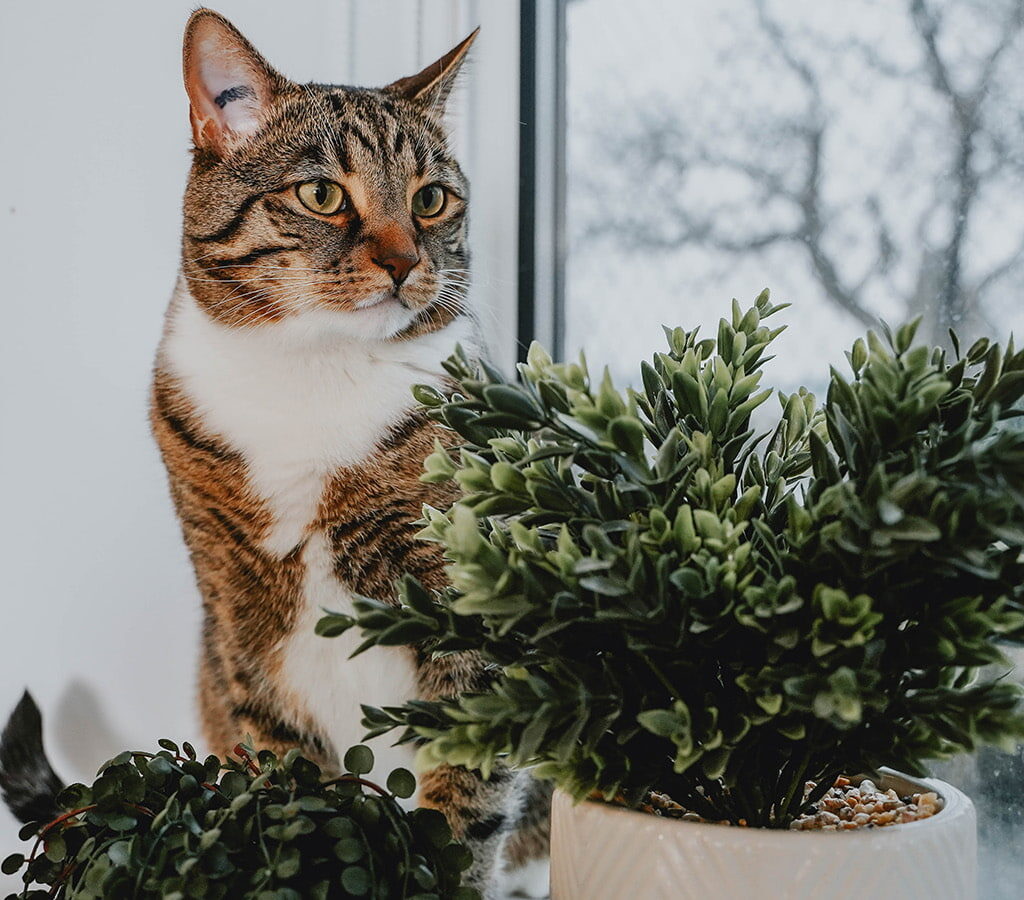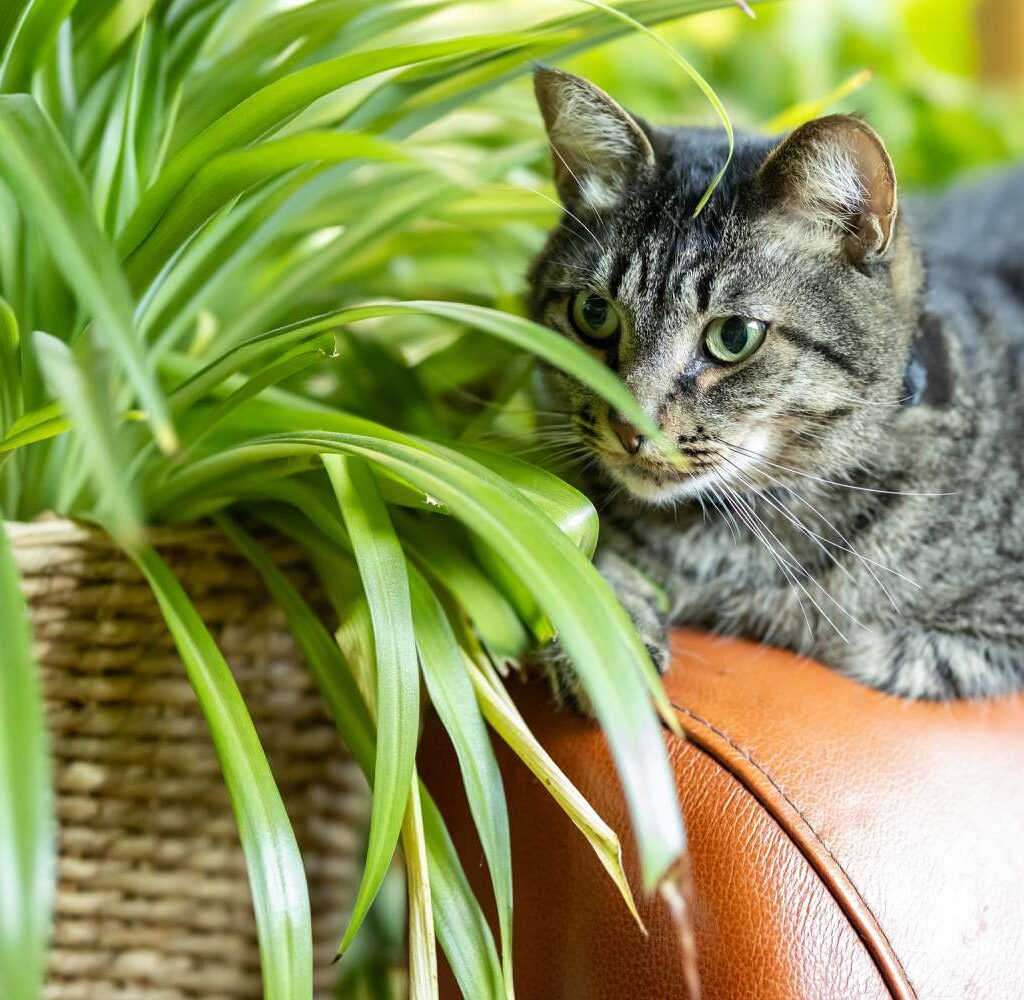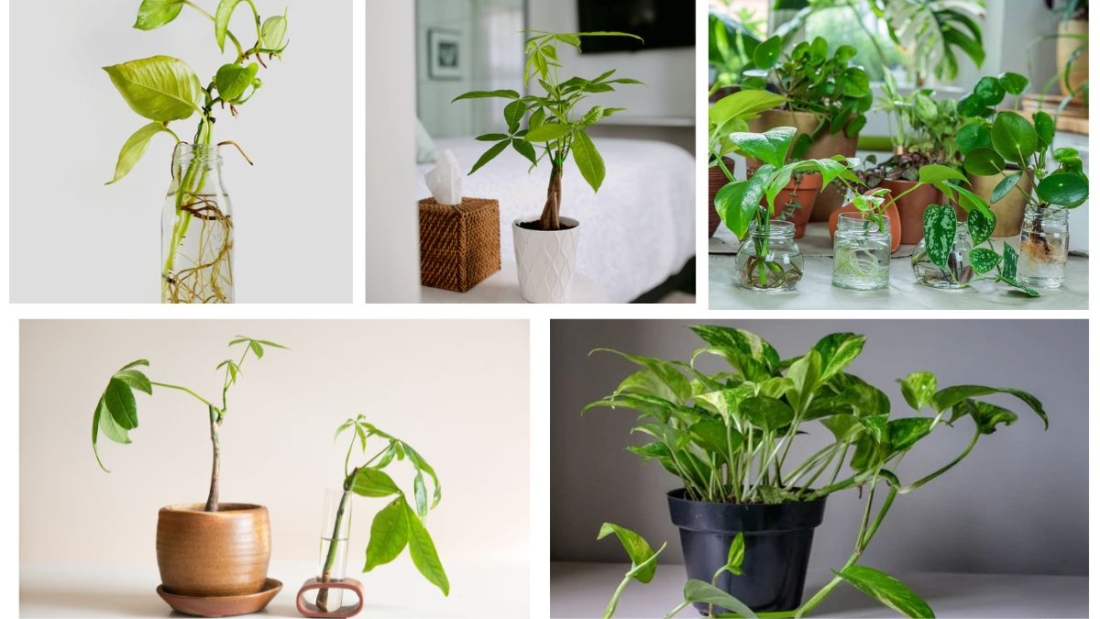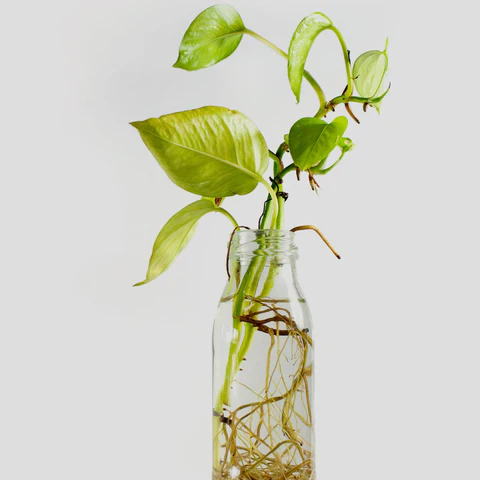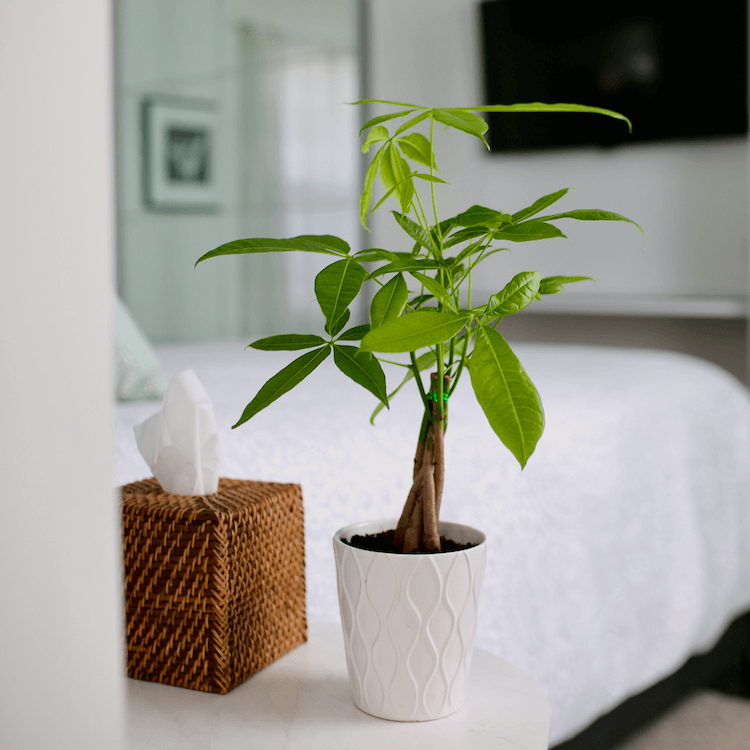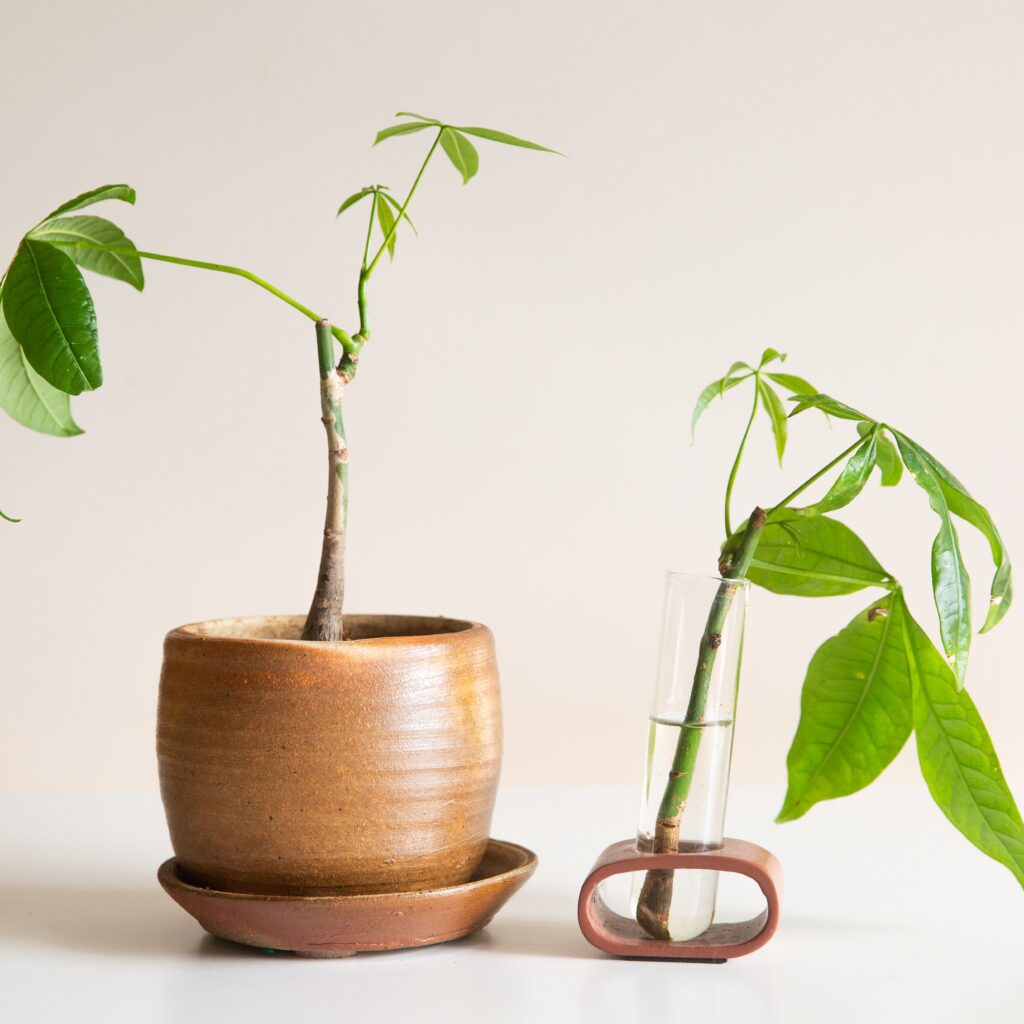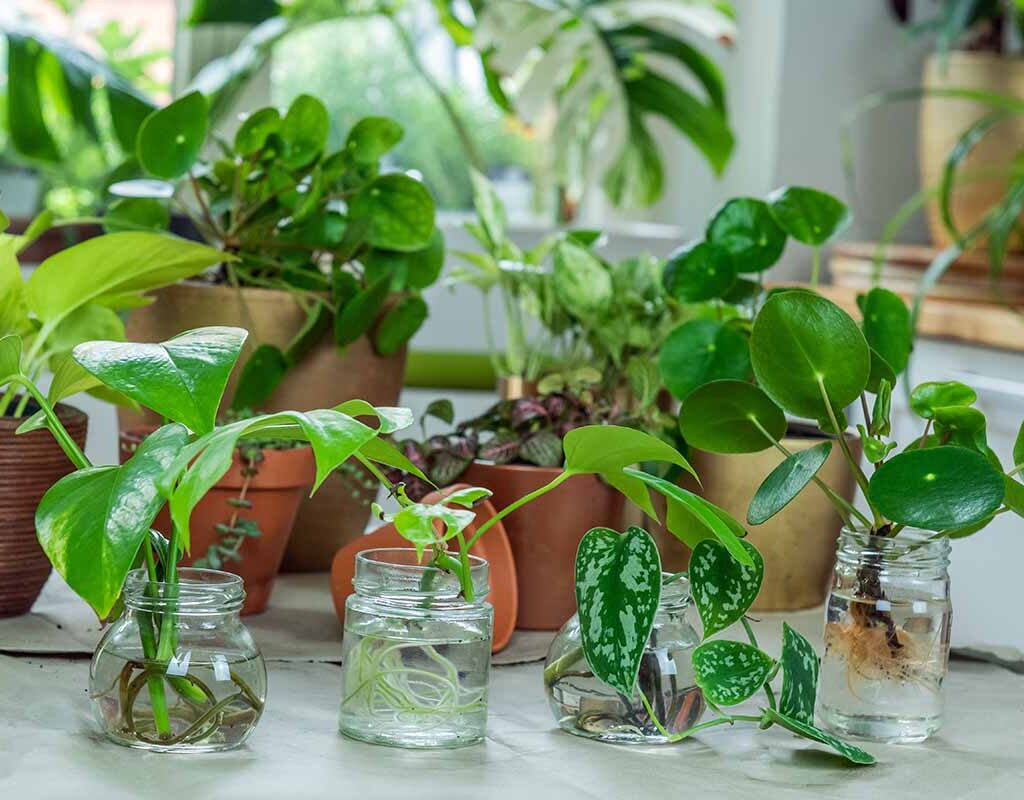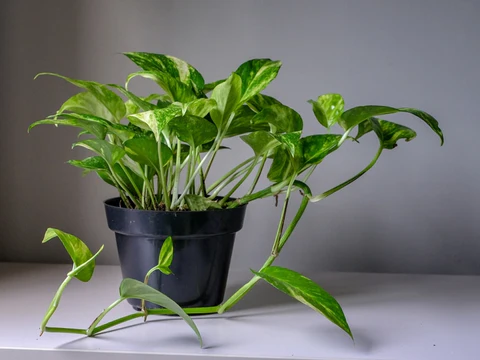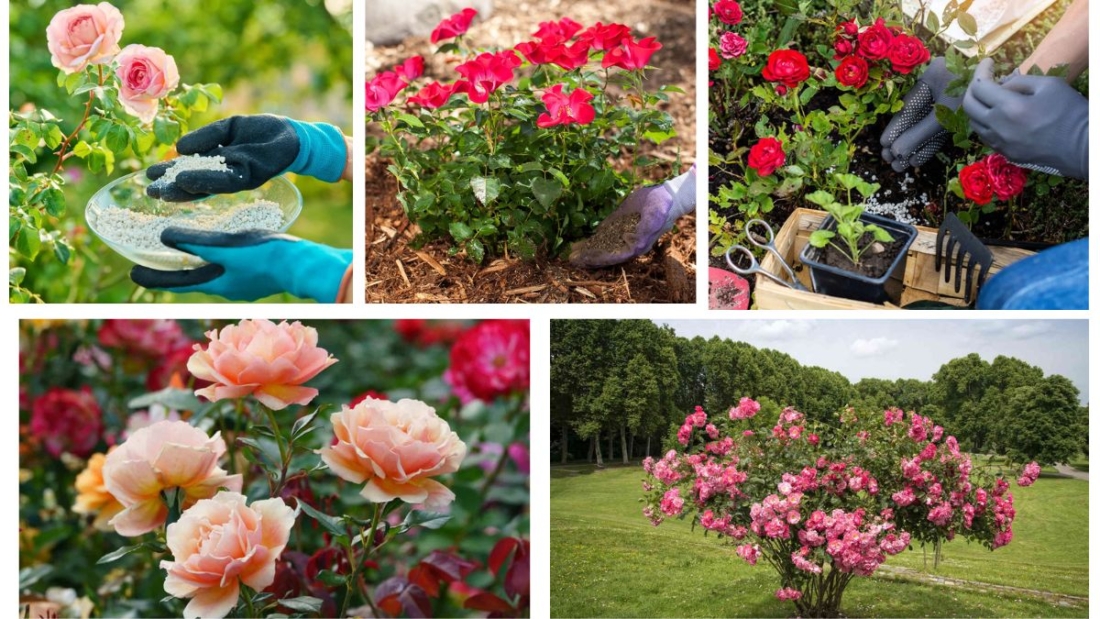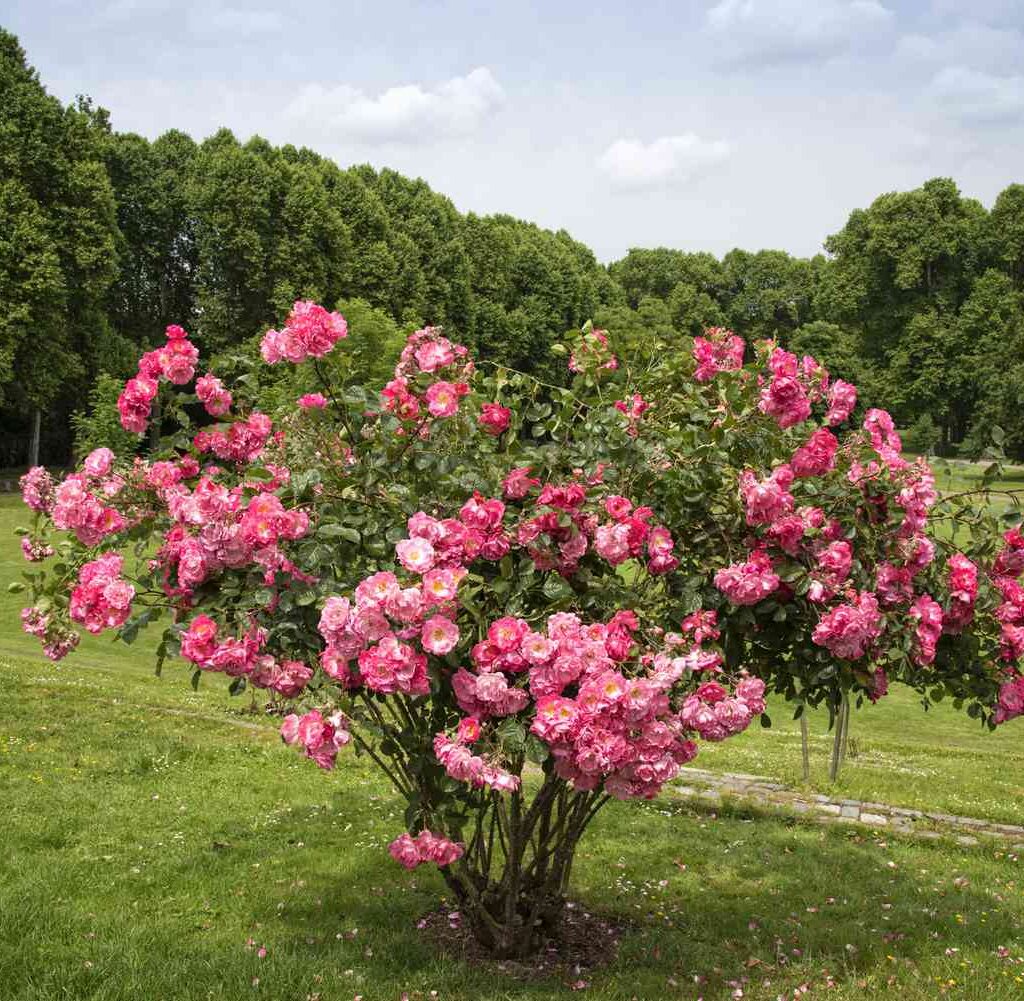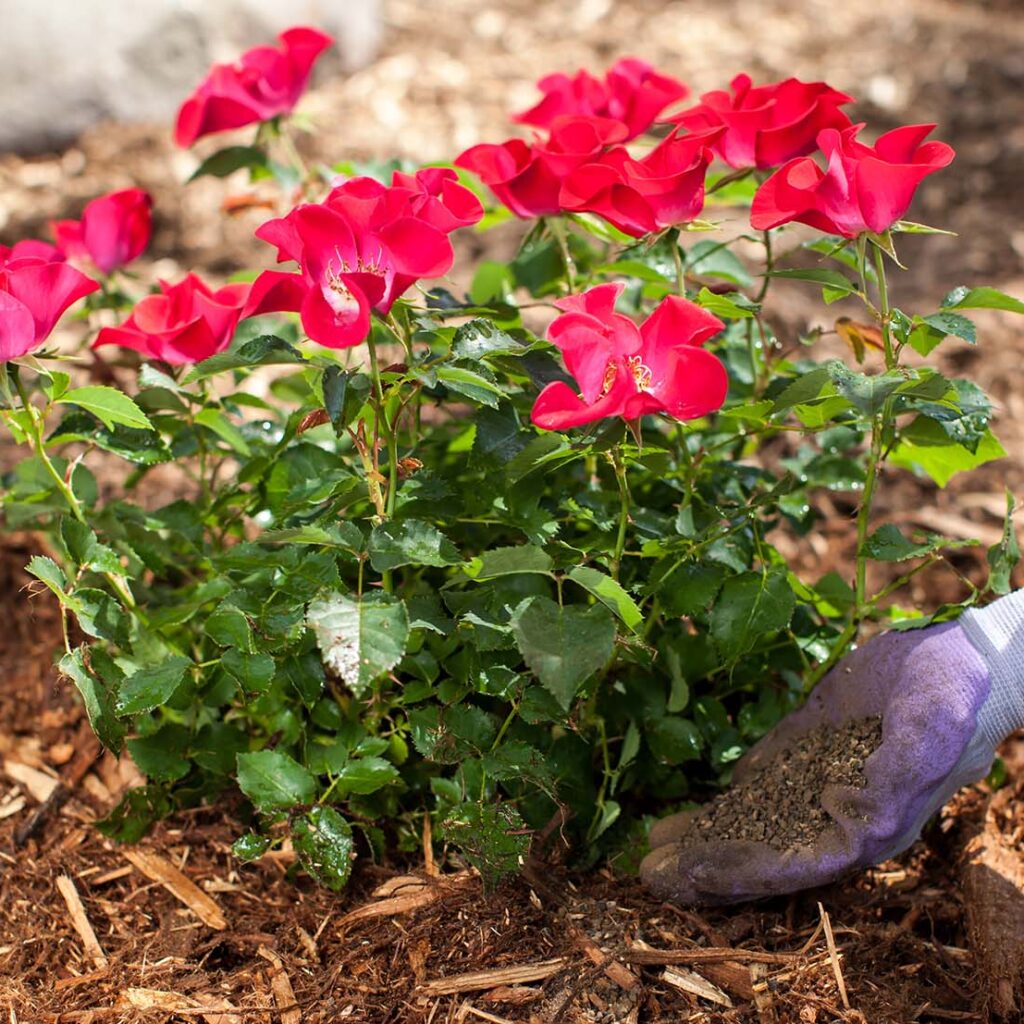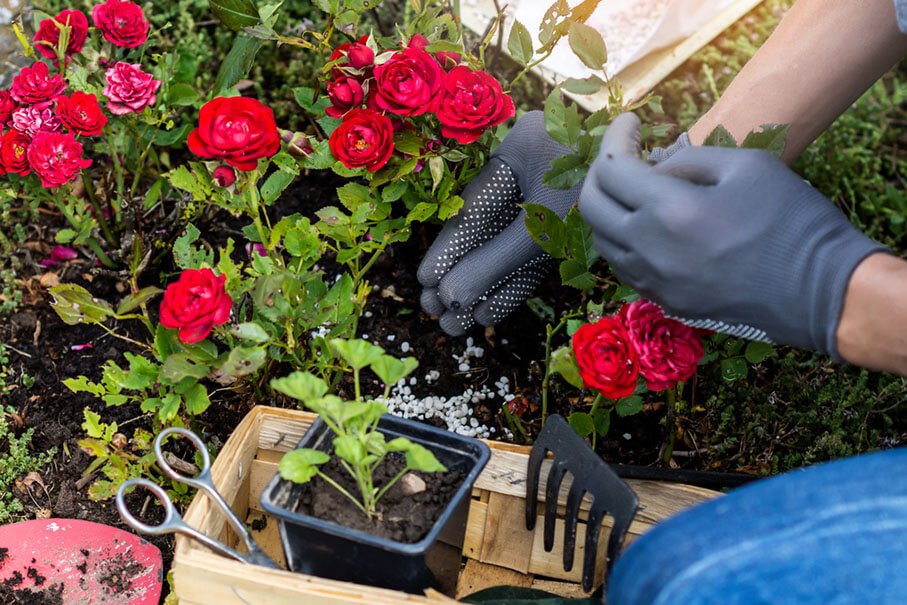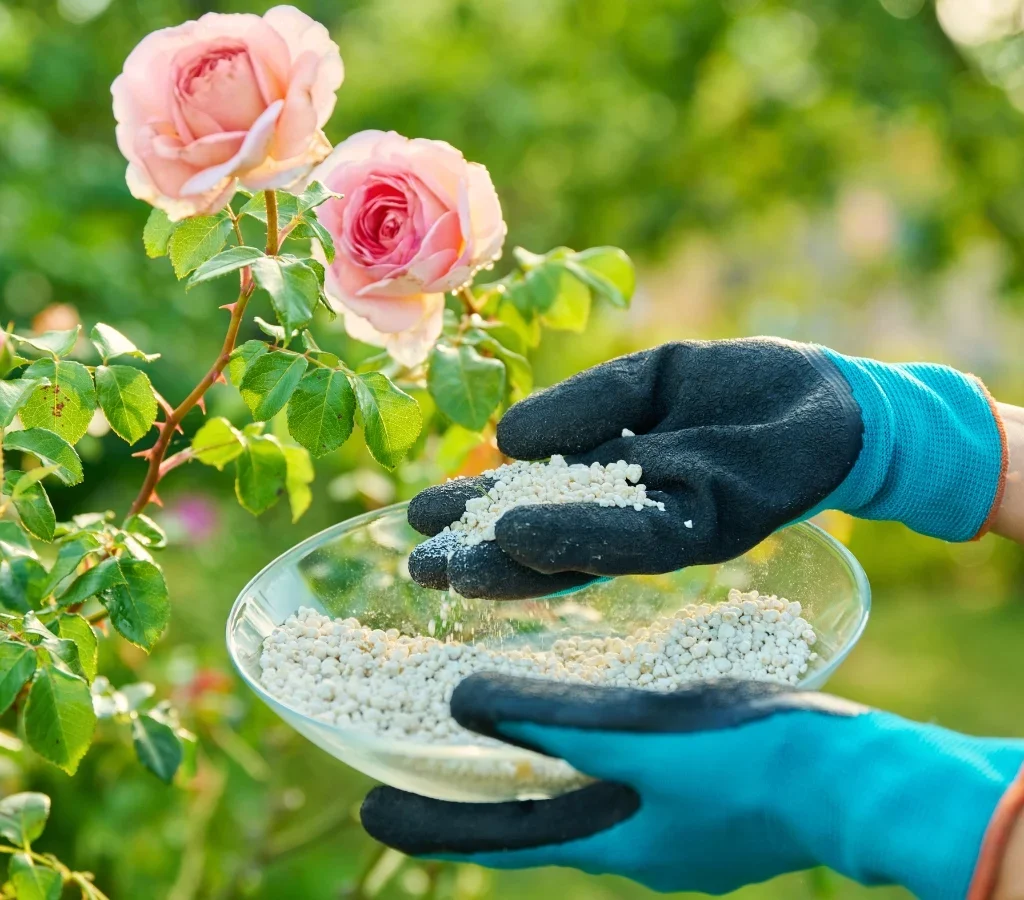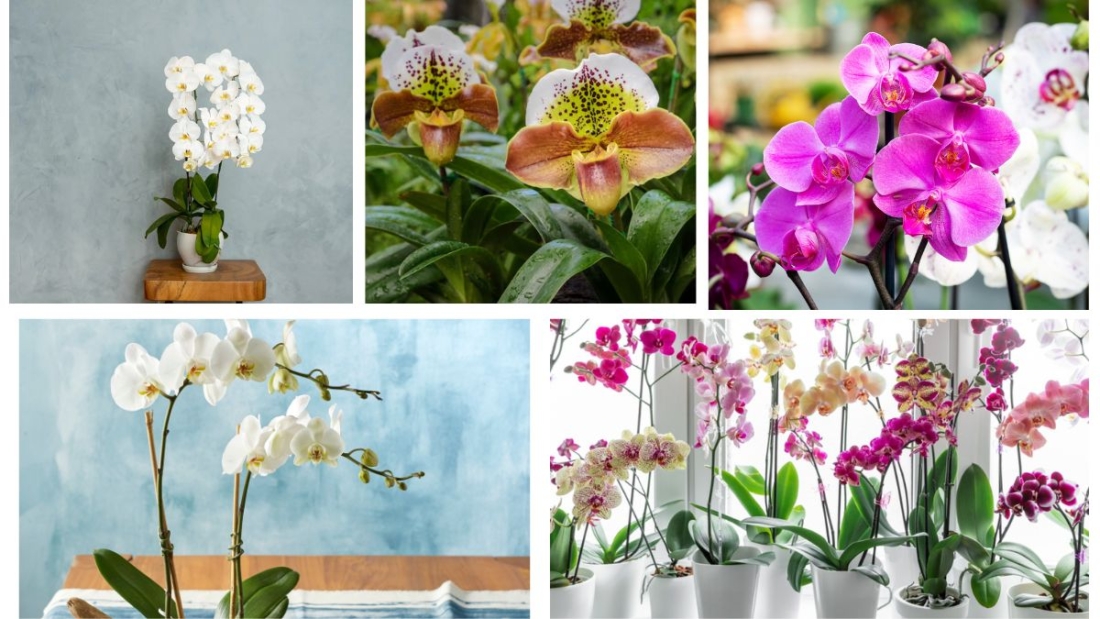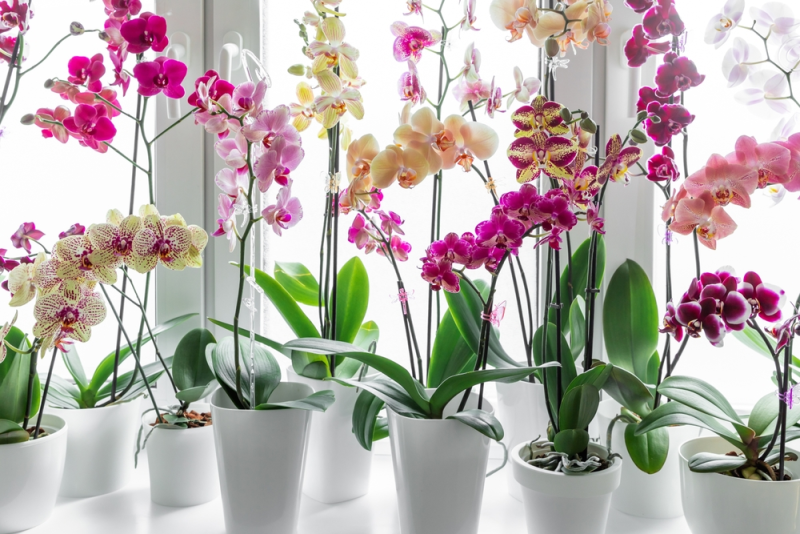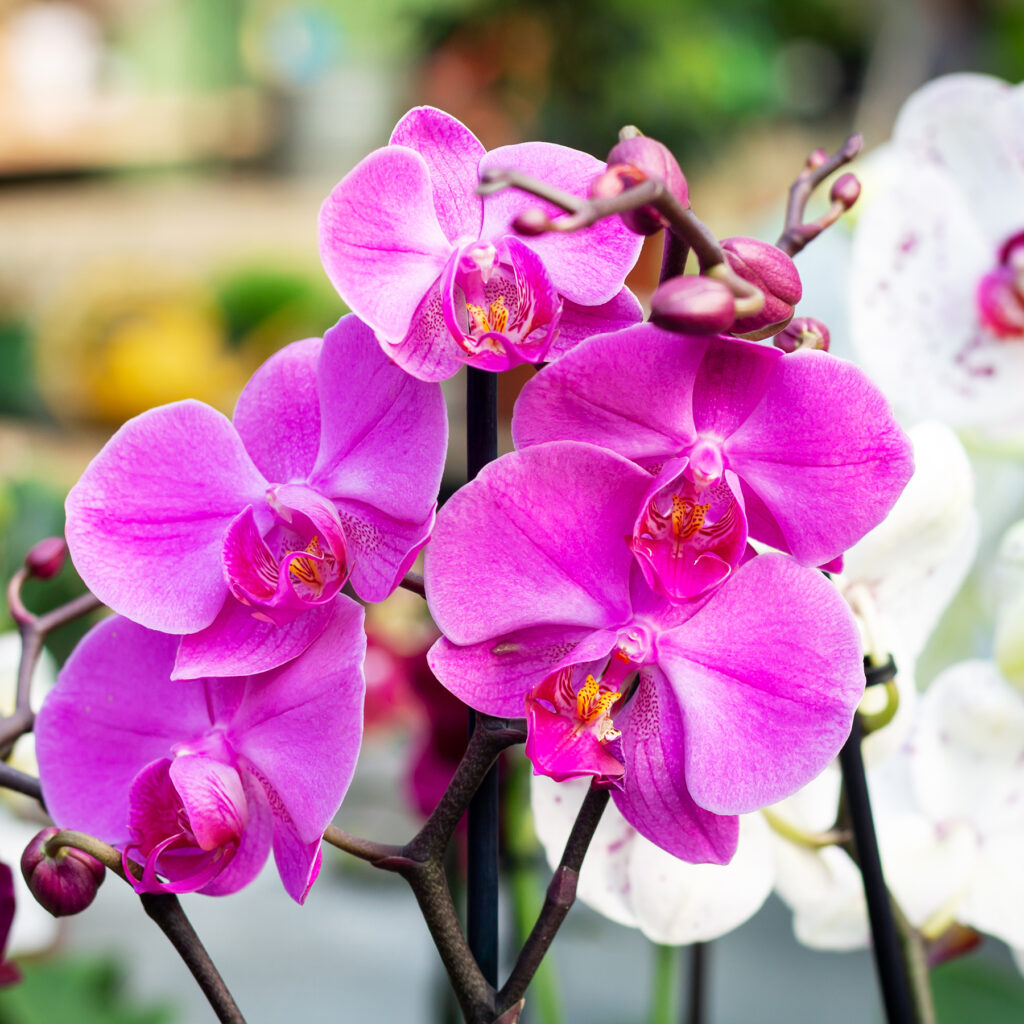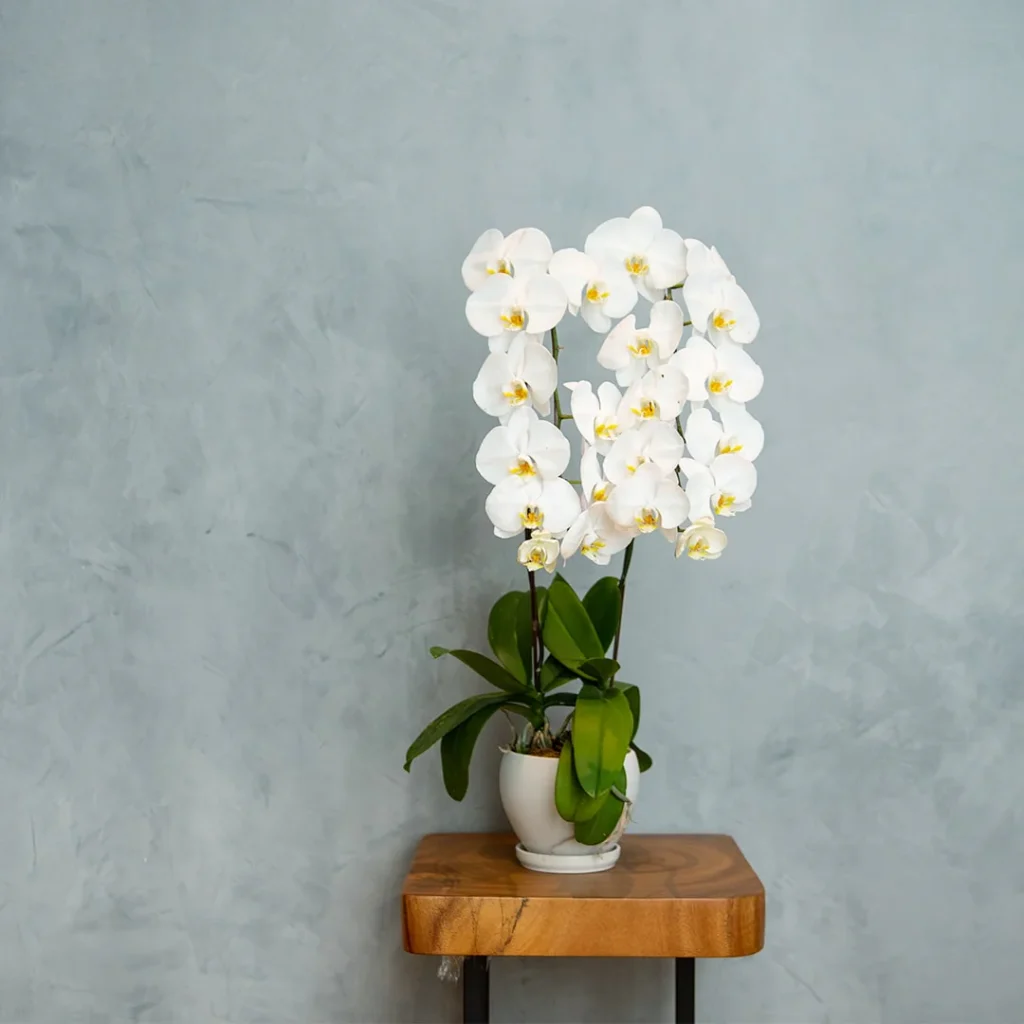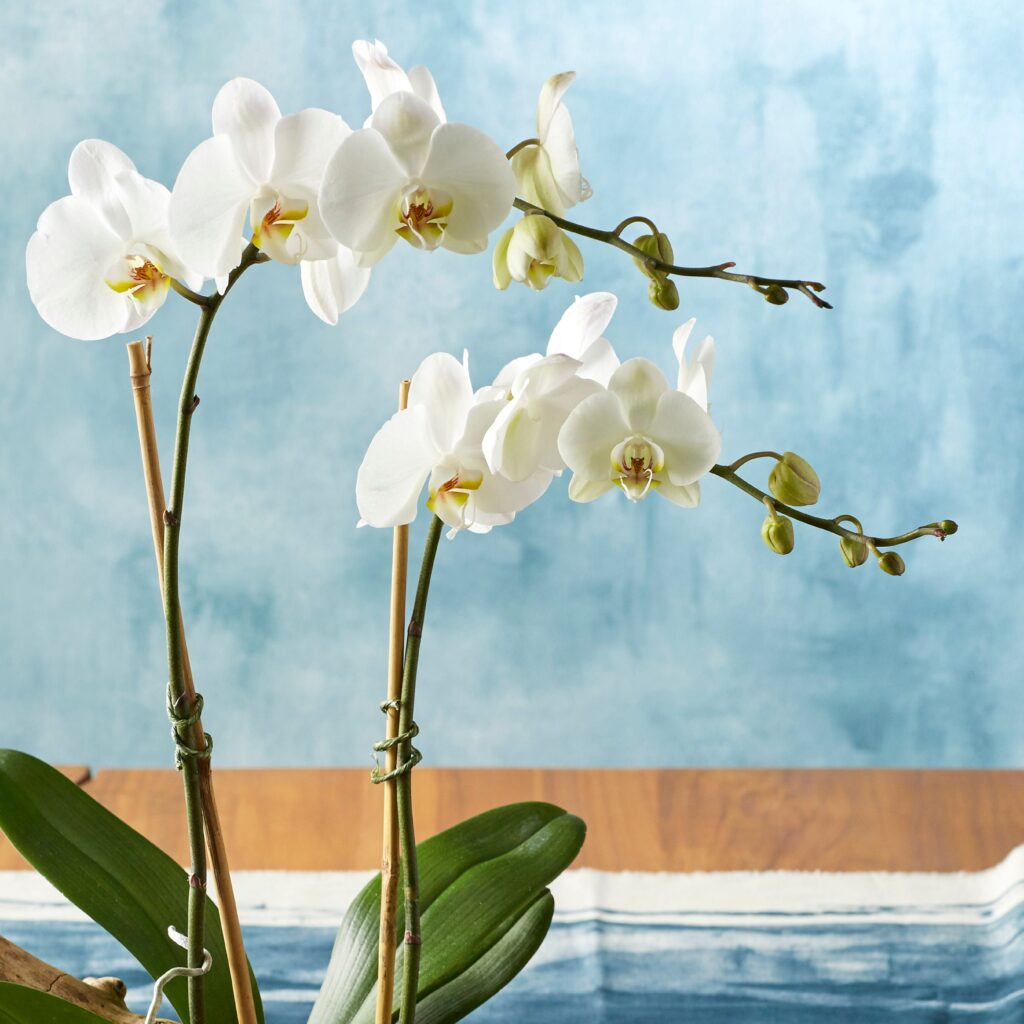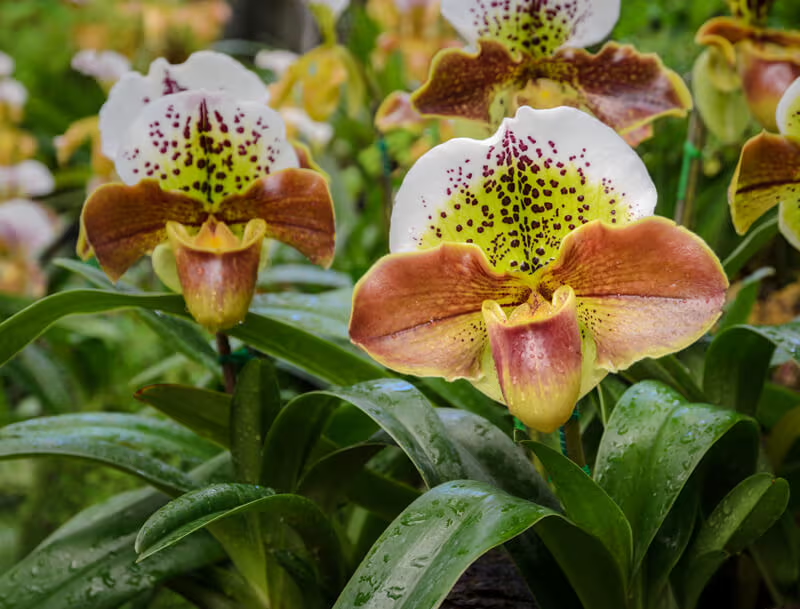Basil (Ocimum basilicum) is one of the most popular and versatile herbs grown in gardens and containers worldwide. Its rich aroma and distinct flavor make it a staple in kitchens, especially in Italian, Thai, and Mediterranean cuisines. However, to keep your basil plant healthy, productive, and long-lasting, it’s important to harvest it correctly. Cutting basil leaves improperly can stunt growth, encourage early flowering, or even damage the plant permanently.
In this article, we’ll cover why proper cutting matters, when to cut basil, tools you’ll need, the correct technique for cutting basil leaves, and essential post-harvest care tips. By following these steps, you’ll not only enjoy a continuous harvest but also promote a lush, bushy, and thriving basil plant throughout the growing season.
Why Properly Cutting Basil Matters
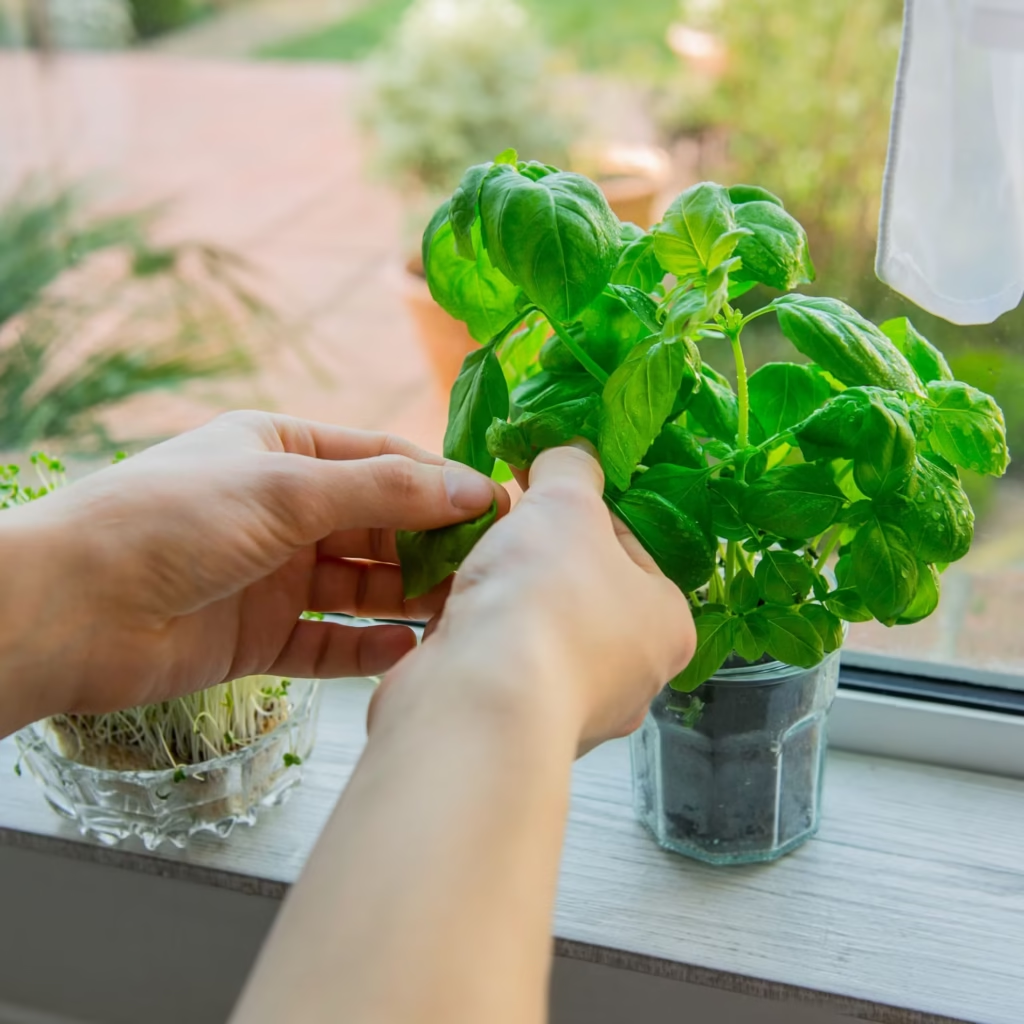
Harvesting basil isn’t just about plucking a few leaves for your next meal. The way you cut basil leaves can directly affect the plant’s growth pattern, lifespan, and overall health. Proper cutting helps:
- Encourage bushier growth by preventing the plant from becoming tall and leggy.
- Delay flowering (bolting), which causes the plant to produce seeds and lose its flavor.
- Stimulate continuous leaf production, ensuring a steady supply of fresh basil throughout the season.
- Avoid stress and plant shock, keeping your basil healthy and resilient against pests and diseases.
Incorrect harvesting methods, such as randomly picking leaves or cutting too much at once, can lead to uneven growth and weaken the plant.
When is the Best Time to Cut Basil Leaves?
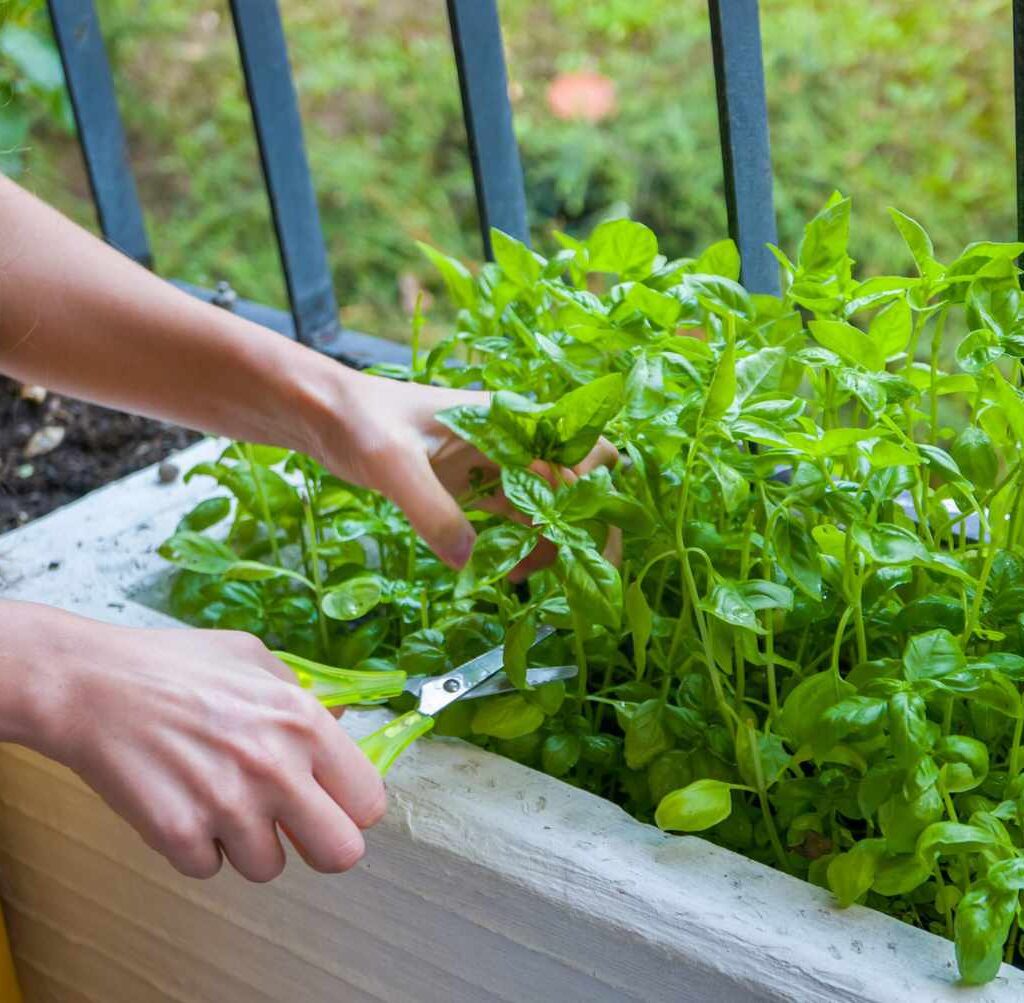
Timing plays a crucial role in basil harvesting. Picking leaves at the right stage ensures optimal flavor and promotes vigorous regrowth. Here’s what you need to know:
- Start harvesting when the plant reaches about 6-8 inches in height, usually around 4-6 weeks after planting.
- The best time of day to harvest basil is early morning, just after the dew has dried but before the sun’s heat intensifies. This is when the essential oils responsible for basil’s flavor and aroma are at their peak.
- Avoid harvesting immediately after watering or rainfall, as wet leaves are prone to bruising and fungal infections.
If you’re cutting basil for drying or preserving, it’s best to do so before the plant begins to flower. After flowering, the leaves tend to become bitter and less aromatic.
What Tools Will You Need?
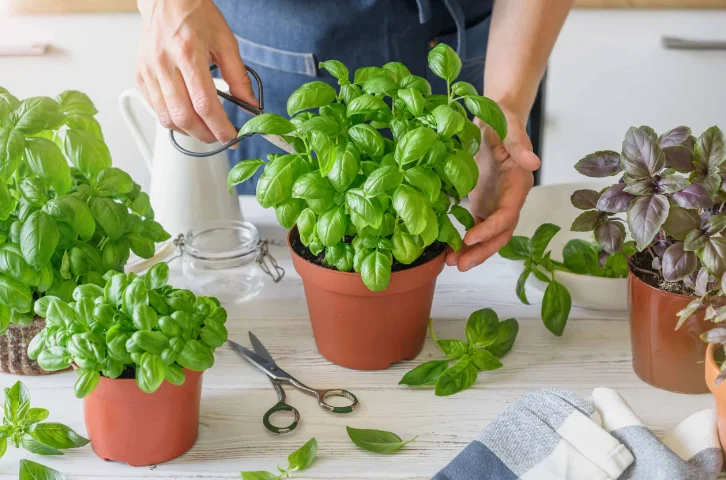
Though you can harvest basil leaves with your fingers, using the right tools ensures clean cuts and minimizes damage to the plant. Here’s what you should have:
- Sharp garden shears, scissors, or pruning snips
- Clean hands or gloves (to prevent the spread of diseases)
- A clean container or basket to collect your harvested leaves
Ensure that your cutting tools are sterilized with rubbing alcohol or soapy water before use to avoid transferring any harmful bacteria or fungal spores to the plant.
How to Cut Basil Leaves from a Plant Properly: Step-by-Step
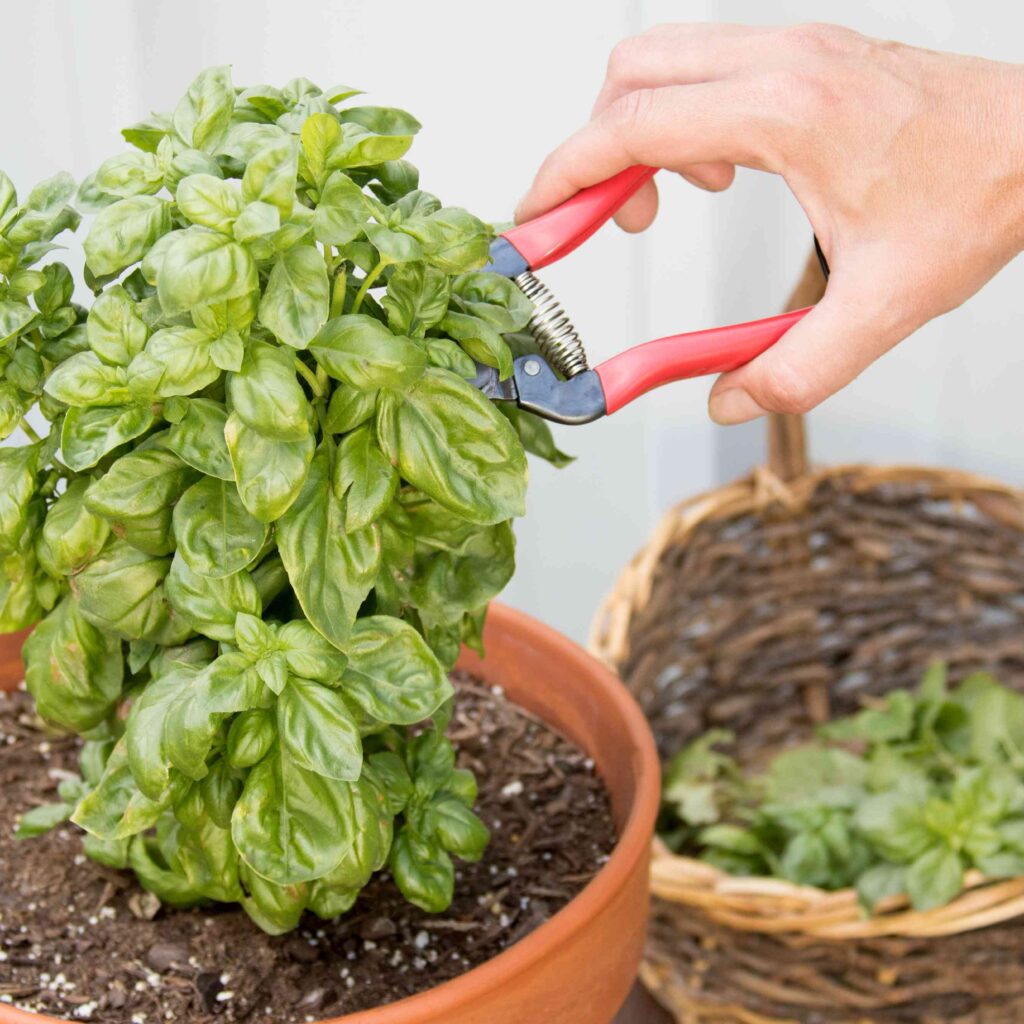
1. Identify the Right Spot to Cut
When harvesting basil, always look for leaf nodes — the small points where two leaves meet the stem. Cutting just above these nodes encourages new shoots to develop from both sides, resulting in a bushier plant.
Never cut from the base of the plant or remove entire stems unless you’re pruning for shape or rejuvenation.
2. Make Clean, Diagonal Cuts
Using your sharp scissors or shears, make a diagonal cut about ¼ inch above a leaf node. This clean cut promotes quick healing and reduces the risk of fungal infections. Diagonal cuts also prevent water from pooling on the cut surface, which can attract pests or lead to rot.
Avoid tearing or pinching stems, as jagged edges heal poorly and can invite disease.
3. Remove the Topmost Leaves First
Start by harvesting the top two to four leaves of each stem. This removes the plant’s growing tip, redirecting energy to the side shoots and preventing vertical, leggy growth.
If your basil plant has already branched out, you can harvest from multiple stems during the same session.
4. Avoid Over-Harvesting
A good rule of thumb is to never harvest more than one-third of the plant at a time. Over-harvesting stresses the plant, reducing its ability to photosynthesize and recover.
After cutting, allow the plant a week or two to regrow before harvesting again.
Post-Harvest Care for Basil
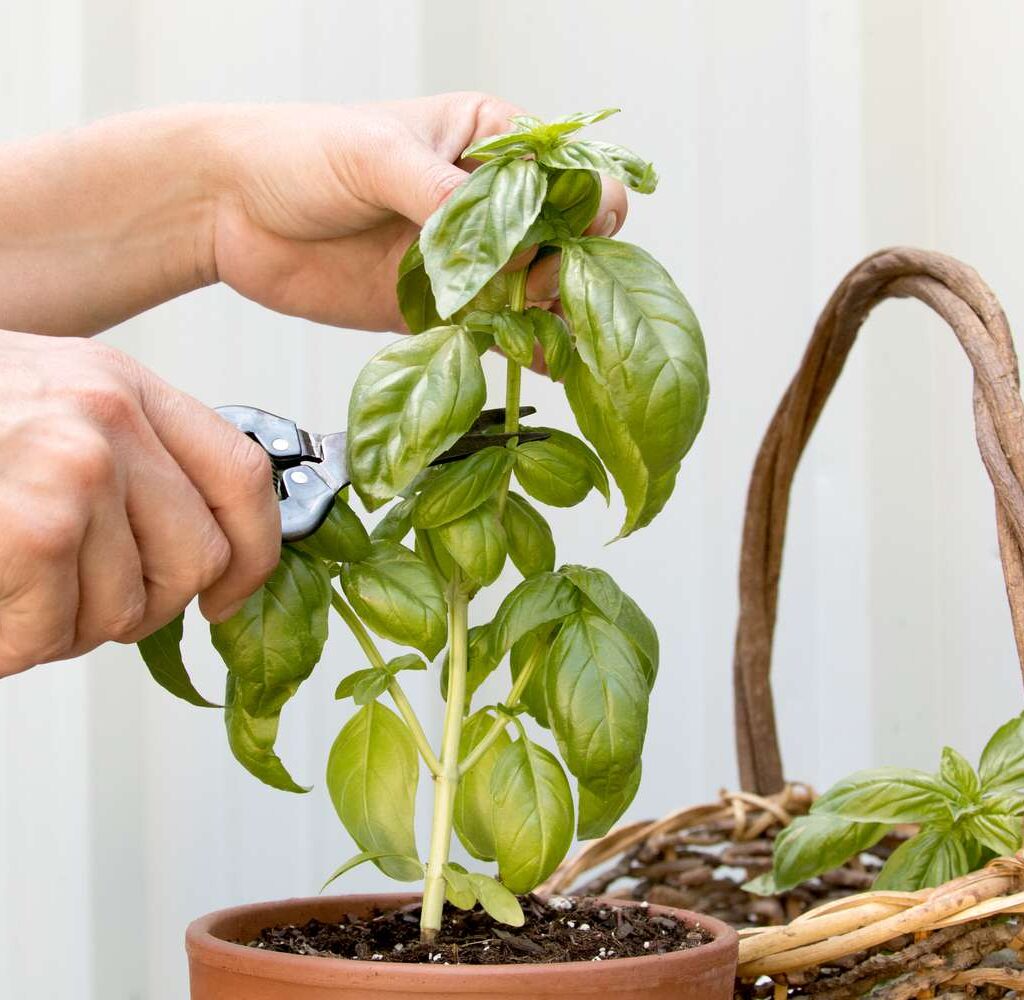
After harvesting, give your basil plant some extra care to help it recover and continue thriving:
- Water the plant thoroughly to reduce stress and support new growth.
- Remove any dead or yellowing leaves to improve air circulation.
- Pinch off flower buds as soon as they appear to delay bolting and extend the harvesting period.
- Optionally, apply a diluted organic liquid fertilizer to support healthy regrowth.
Position the plant in a spot with 6-8 hours of indirect sunlight daily, and ensure well-draining soil to avoid root rot.
Preserving Harvested Basil Leaves
Freshly harvested basil leaves can be used immediately in cooking, but if you’ve picked more than you need, here are a few preservation methods:
1. Refrigeration:
Wrap basil leaves in a damp paper towel and place them in a resealable bag in the vegetable crisper. Use within 3-5 days.
2. Freezing:
Blanch basil leaves in boiling water for 2-3 seconds, then immediately transfer them to an ice bath. Pat dry and store in airtight freezer bags.
3. Drying:
Tie basil stems in small bunches and hang them in a warm, well-ventilated area away from direct sunlight. Once dry, crumble the leaves and store them in an airtight container.
4. Infusing in Oil:
Blend fresh basil leaves with olive oil and freeze in ice cube trays for convenient use in sauces and dressings.
Common Mistakes to Avoid
To keep your basil plant healthy and productive, avoid these common harvesting errors:
- Harvesting from the lower leaves first: This weakens the plant’s support structure and reduces growth potential.
- Over-harvesting during early growth stages: Wait until the plant is established before removing large amounts of foliage.
- Ignoring flower buds: Once a basil plant flowers, the leaves lose flavor. Pinch off buds promptly.
- Using dull tools or pinching stems by hand: This causes jagged wounds and increases the risk of disease.
Conclusion
Learning how to cut basil leaves from a plant properly is essential for maintaining a lush, healthy, and productive herb garden. By harvesting the right way — targeting leaf nodes, making clean diagonal cuts, and avoiding over-harvesting — you’ll encourage bushy, vigorous growth and extend the life of your basil plant.
With the added benefit of fresher, more aromatic leaves for your kitchen, this simple skill ensures you get the most out of your basil plant season after season. Whether you’re growing basil in a container on your balcony or in a backyard herb patch, applying these harvesting techniques will keep your basil thriving and your dishes full of flavor.

